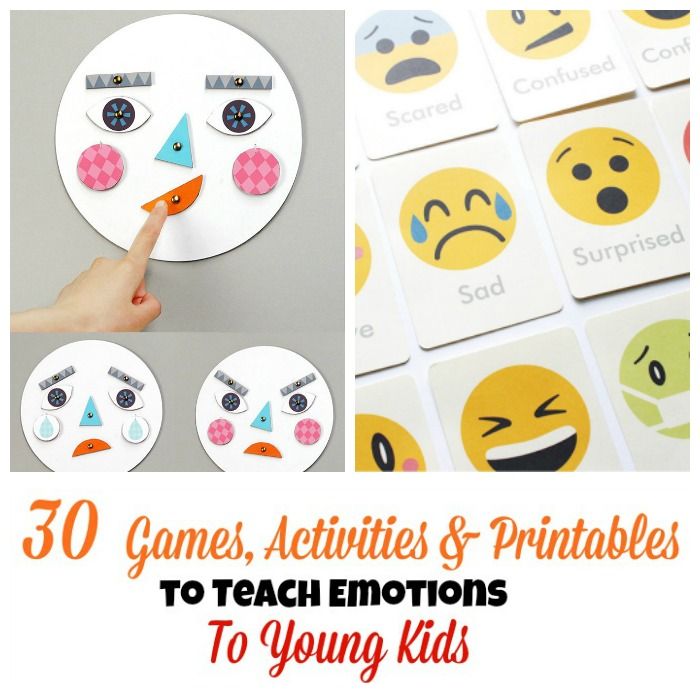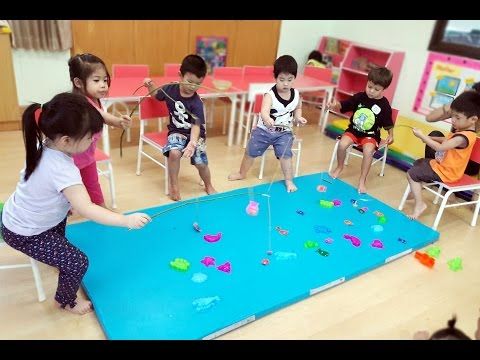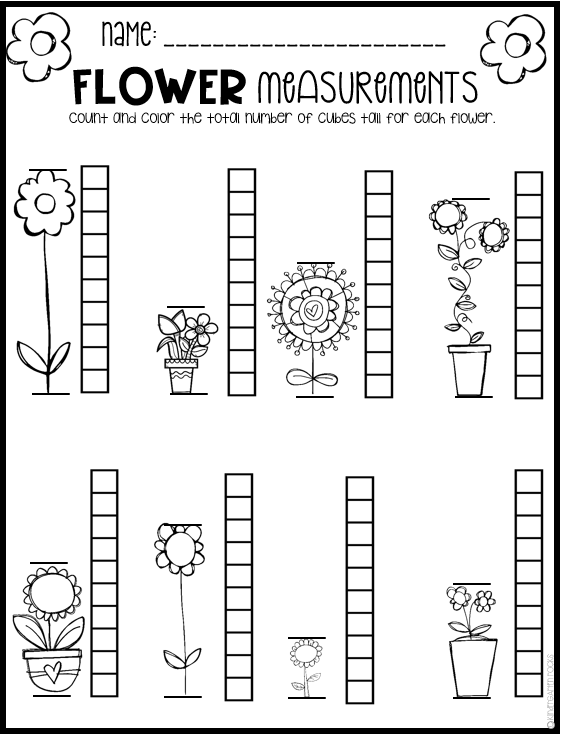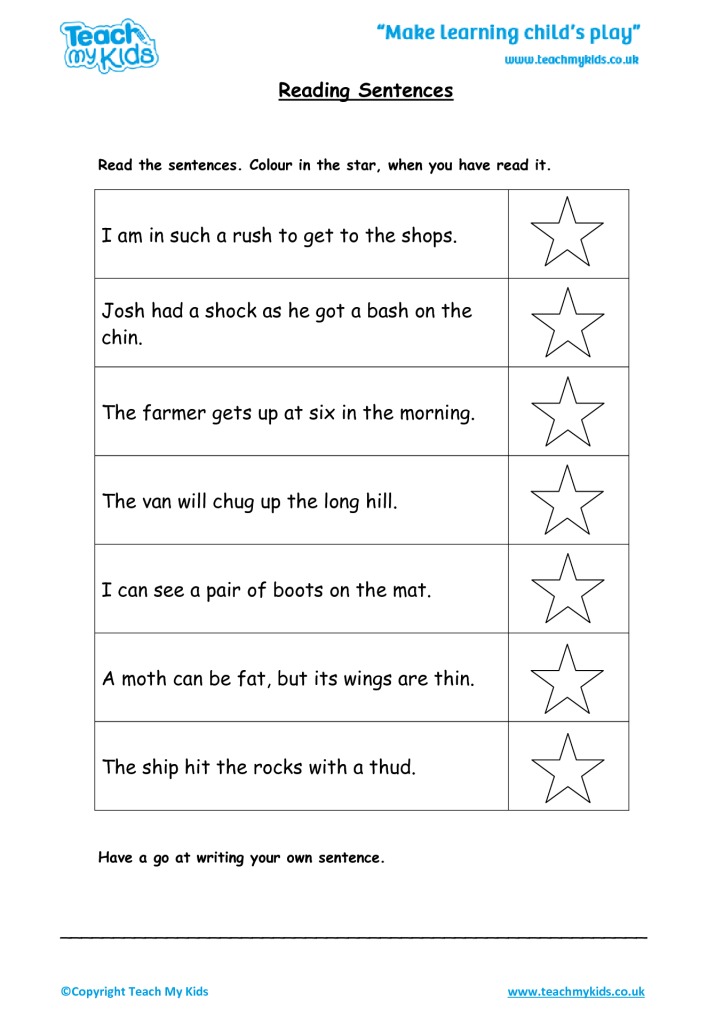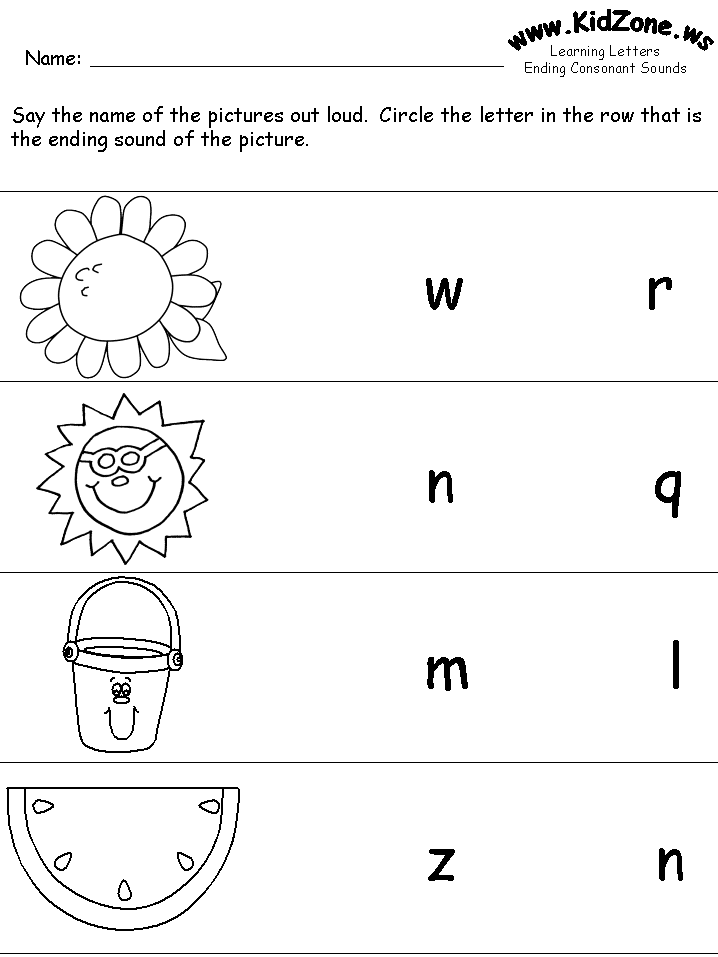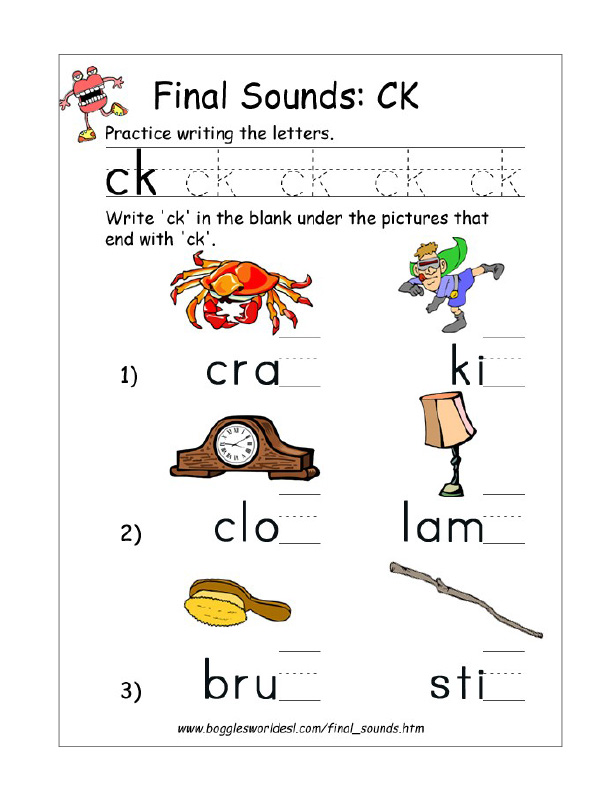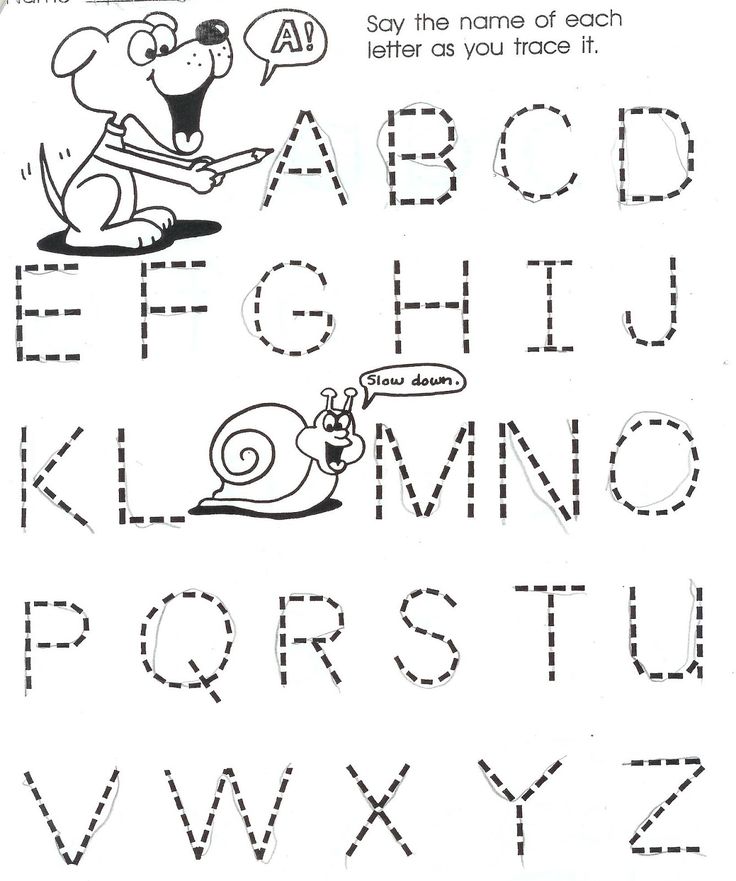Teaching emotions preschool
45 Fun Social Emotional Activities for Preschoolers
Social-emotional learning is gaining traction in being recognized as an important part of early childhood curriculum. This type of learning is presented in the form of both one-on-one and group activities.
Social-emotional activities for preschoolers are wonderful tools to teach young children about their own emotions, as well as the emotions of others.
Below are some social-emotional activities that are great for the classroom, as well as the home.
1. Emotions Discovery Bottles
This set of emotions discovery bottles is Inside Out-themed, however, the set of bottles you make with your preschooler does not have to be. Have your child pick out the ingredients for each bottle and make corresponding faces to put on each one.
Learn more: Laly Mom
2. Feelings Check-in Chart
Making a chart about feelings is a helpful social-emotional tool for preschoolers. You can hang it in your classroom and, throughout the day, accompany students to the chart to practice identifying their feelings.
Learn more: Pre-K Pages
3. Stomping Out Big Feelings with Dinosaurs
Stomping out dinosaur-size feelings is a fun social-emotional activity that helps children identify their feelings and express them in productive ways. It's also a great proprioceptive activity, much like heavy work.
Learn more: The OT Toolbox
4. Setting Up a Calming Corner
You are probably familiar with calming corners/peace corners. They are areas in a classroom where preschoolers can go to have some quiet time - on their own terms.
Setting this area up with your students and sharing ideas on calming items and activities to use in the calming corner is a wonderful social-emotional activity.
Learn more: The Montessori-Minded Mom
5. Make a Set of Worry Dolls
Preschool-age children are not so different from adults in that some of them are worriers. Crafting a set of Worry Dolls is a great social-emotional activity that pairs well with the book, Silly Billy, by Anthony Brown.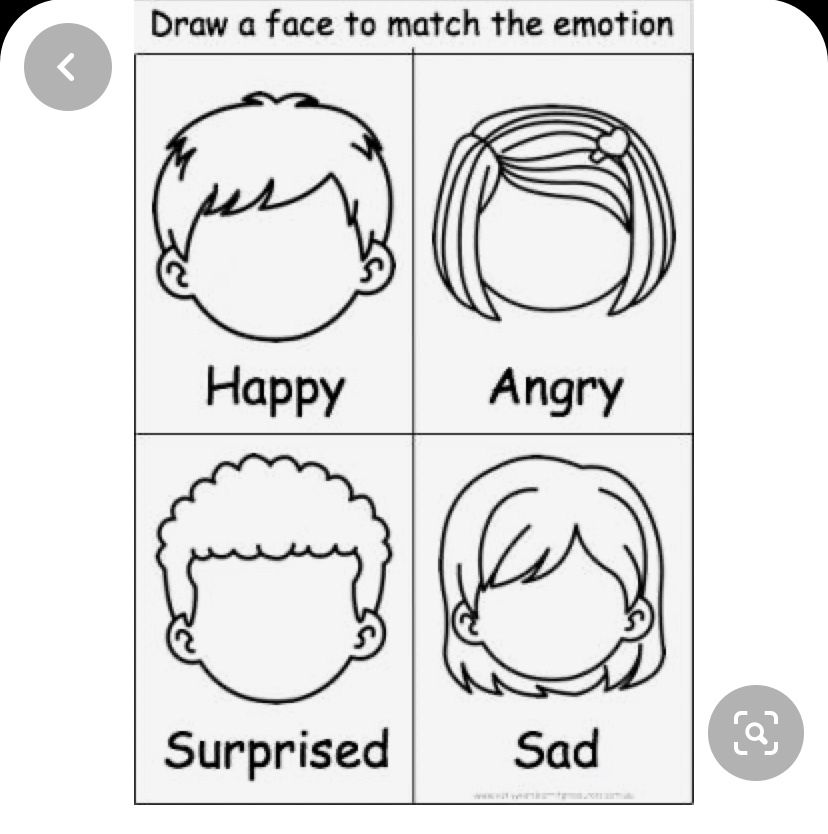
Learn more: Happy Hooligans
6. Making Emo Dolls
Using cardboard rolls, preschoolers can help make these cute emo dolls. Each doll expresses a different emotion.
They can be used for role-playing by children to help them identify their own feelings and develop empathy for the feelings of others.
Learn more: Danya Banya
7. People Playdough Mats
This is a fun social-emotional activity for preschoolers. Using playdough, children get to make a person that represents them physically and assign emotions to them.
Viewing the facial expressions they make helps them identify their own emotions, as well as others.
Learn more: Picklebums
8. Make Emotions Masks from Paper Plates
Making emotion masks from paper plates is a fun idea that can help preschoolers express their own emotions and identify others' emotions. Since many young children are still in need of emotional vocabulary, this is a no-pressure, informal, and fun way to introduce it.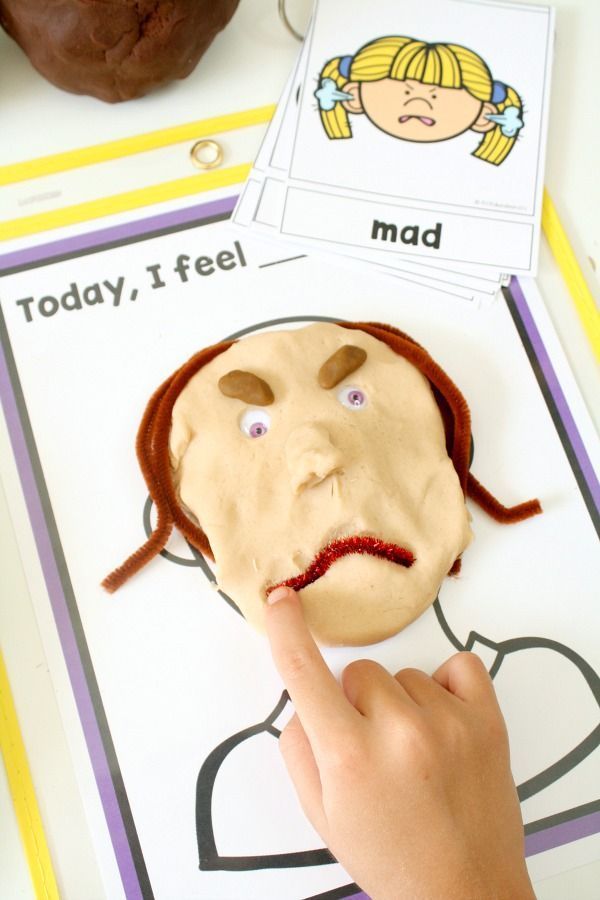
Learn more: No Time for Flashcards
9. Talk About Emotions During Morning Circle
Morning circle is an opportunity to talk about the date, weather, what's going to happen during the day, and to do music and movement activities. It's also the perfect time to talk about emotions and come up with some healthy strategies students can use throughout the day.
Learn more: No Time for Flashcards
10. Calming Sensory Bins
Sensory bins are a great social-emotional tool for preschoolers. They provide sensory feedback that can have a calming effect on young kids.
Preschoolers can visit a sensory bin on their own when they are feeling overwhelmed or in groups where they can talk with each other about how the bin activity makes them feel.
The lavender sensory bin linked below is just lovely.
Learn more: The Chaos and the Clutter
11. Story Telling Social Stories
Preschoolers have active imaginations and they love telling stories.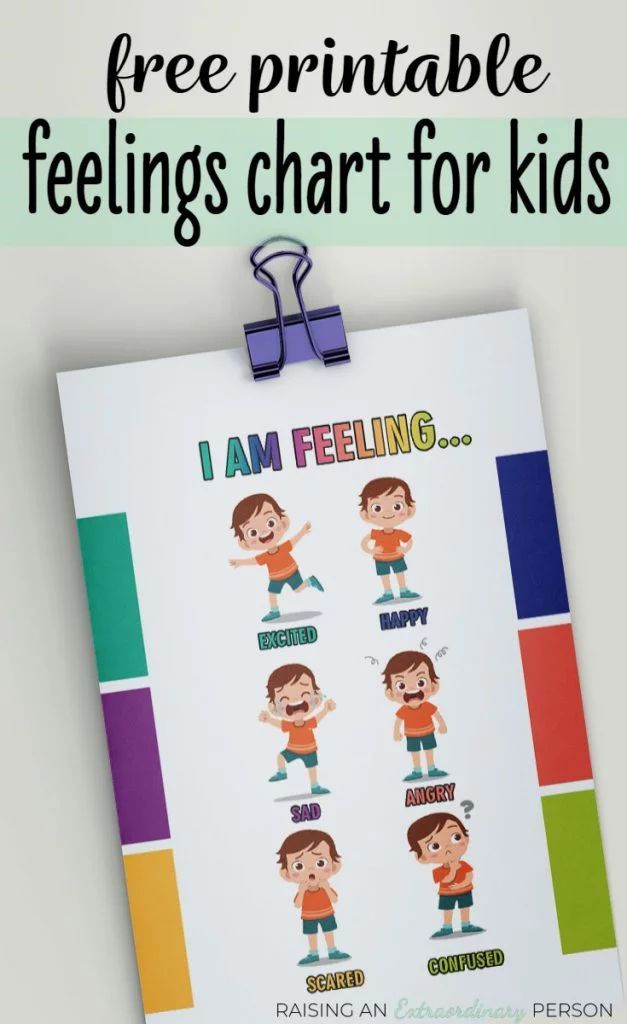 Storytelling is introduced in the early childhood learning environment to help prepare children for reading.
Storytelling is introduced in the early childhood learning environment to help prepare children for reading.
It's great for social-emotional learning, as well.
Learn more: How We Learn
12. A Sticky Cutting Tray of Emotions
Cutting trays are appealing to preschoolers - an unrestricted space where they can cut and create. Add a social-emotional aspect to your students cutting trays by giving them magazines with close-ups of faces for them to cut out and reconstruct.
Learn more: Picklebums
13. Feeling Matching Game
Playing a matching game with feelings cards put a social-emotional spin on the classic game of memory. There is room for teachers to get creative with the "feelings challenge" when preschoolers make a match.
Learn more: Kiddie Matters
14. Emotions Guessing Game
This emotions guessing game is a lot of fun. It helps develop social-emotional skills in large or small groups.
After practicing with this game, preschoolers will be able to more confidently and accurately identify their own emotions, as well as the emotions of others.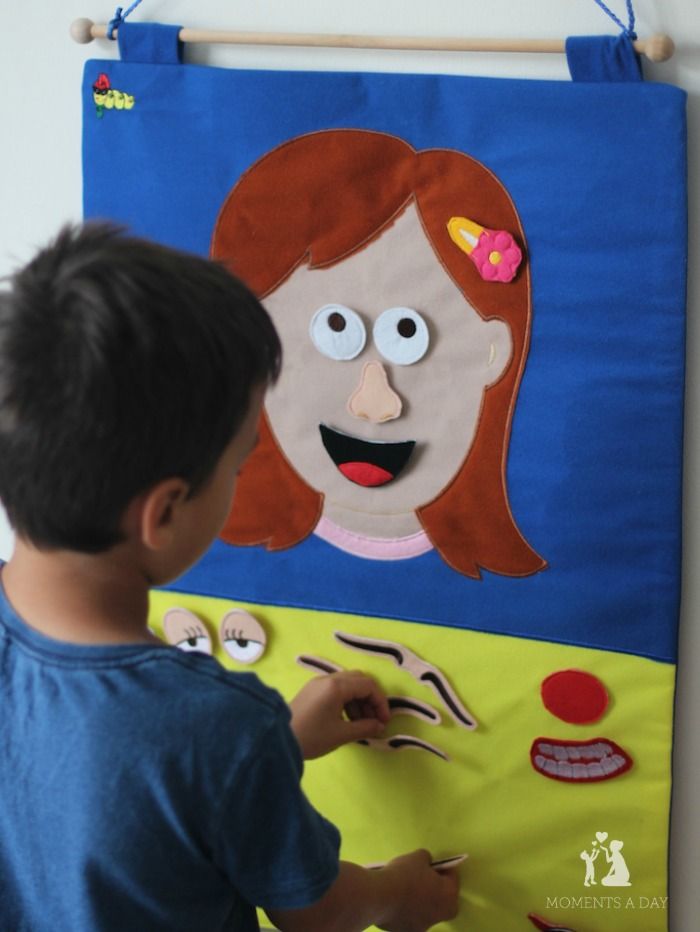
Learn more: Childhood 101
15. Emotions Sorting Mats
Presenting an "emotions sorting mat" to preschoolers helps them better understand that different emotions can present in a variety of ways, but still be recognizable.
Learn more: File Folder Heaven
16. Play "Catch" a Feeling
This activity is so much fun and it's also incredibly easy to set up. All you need is an inflatable beach ball and a marker.
Learn more: Pam Dyson
17. Social-emotional Board Game
Making a social-emotional board game is a way for teachers and parents to get creative, as well as focus on the emotional skills with which their preschoolers are struggling.
Learn more: Kristina Marcelli
18. Emoji Feelings Faces
Using emojis to express emotions is an internet trend that seems to be here to stay. These cute little faces are actually great social-emotional learning tools for kids, too.
Learn more: Kiddie Matters
19.
 Happy and Sad Face Sorting
Happy and Sad Face Sorting Sorting faces based on emotions is a fun social-emotional activity that helps preschoolers identify social cues and learn empathy. It also helps children understand that not every expression of negative emotion involves crying.
Learn more: Having Fun at Home
20. Paper Plate Feelings Spinner
This is a neat social-emotional activity for preschoolers. Making a paper feelings spinner starts out as a fun craft and ends up as a social-emotional tool that can be used again and again.
Learn more: Meaningful Mama
21. Color By Emotions by Code
Coloring emotions by code is a fun activity that helps children develop fine motor skills and learn colors - all while teaching them how to identify and name their own emotions.
Learn more: Frogs and Fairies
22. Scribble Art
Scribble art is a social-emotional activity that gives children the chance to identify, name, and express their emotions all at once.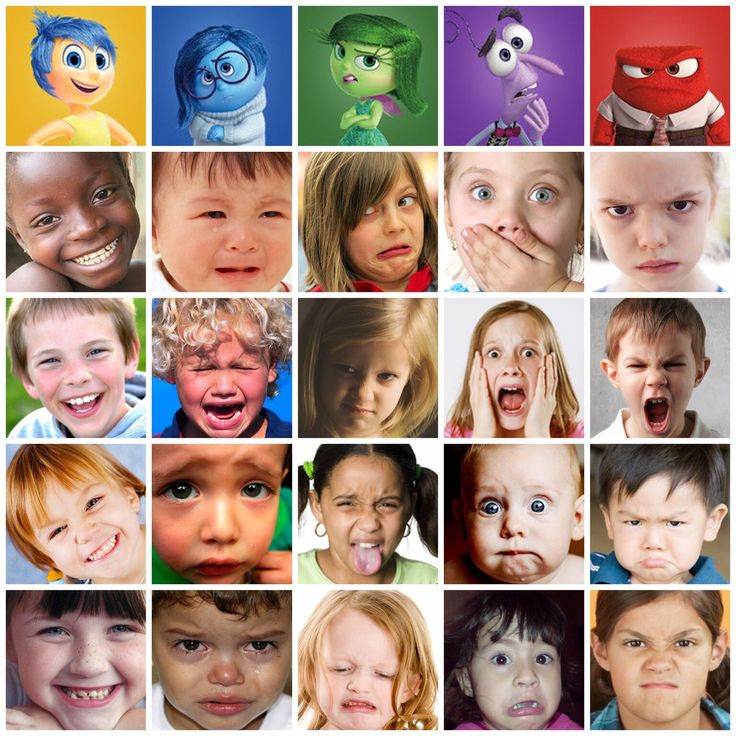
Learn more: The Art of Education
23. Mega Block Feelings
Making Mega Block feelings is an extremely simple activity to set up. Preschoolers can match facial features to create emotional expressions.
Learn more: Twitchettes
24. Story Stones
Story stones have a lot of opportunities for social-emotional activities for preschoolers. One such activity is painting facial expressions and having preschoolers piece together faces and name the corresponding emotion.
Learn more: Where Imagination Grows
25. Create a Flipbook
Preschoolers have a difficult time understanding that emotions are fluid - that they can be sad, but not be a "sad person". Creating a flipbook that lets young children identify the feelings they are having at the current moment can help them understand this concept and apply it to others.
Learn more: The Mad House Mummy
26. Make a Thumbs Up, Thumbs Down Jar
A thumbs-up, thumbs-down jar is a really neat activity that helps preschoolers consider how their actions can make other people feel in a fun, no-pressure, no-shame way.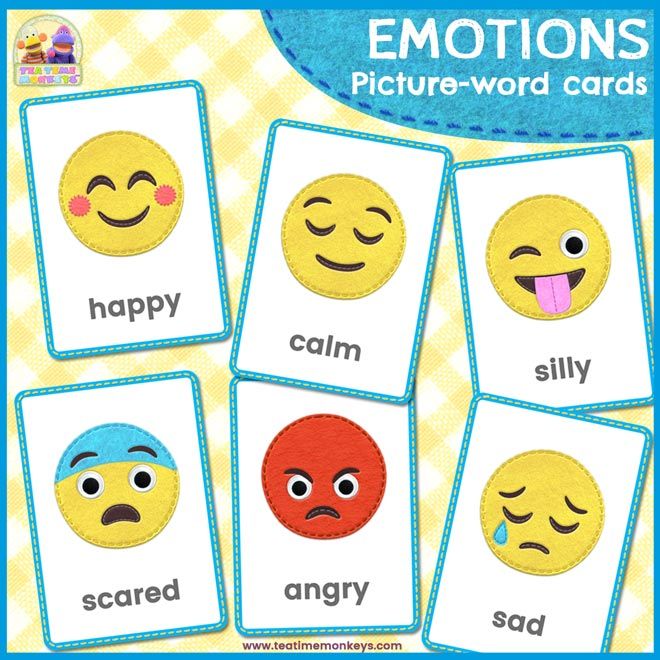
Learn more: Things to Share and Remember
27. Making a Self-portrait
This is another fun self-portrait activity. This one has preschoolers look in a desk mirror while they express an emotion. Then, they are to draw a portrait of themselves.
Learn more: Still Playing School
28. Fishing for Feelings
Playing a fishing game to learn social-emotional skills is a perfect idea for preschoolers. This game can be played in so many different ways and as a one-on-one activity, or as a group.
Learn more: Little Page Turners
29. Feelings Hop
Preschoolers benefit from social-emotional learning as much as they do from gross motor activities. Combining the two is a great idea for social-emotional activities for preschoolers.
Learn more: Kiddie Matters
30. Make a Feelings Jar
Making a feelings jar is a beautiful idea for teaching emotional regulation and social-emotional skills to preschoolers.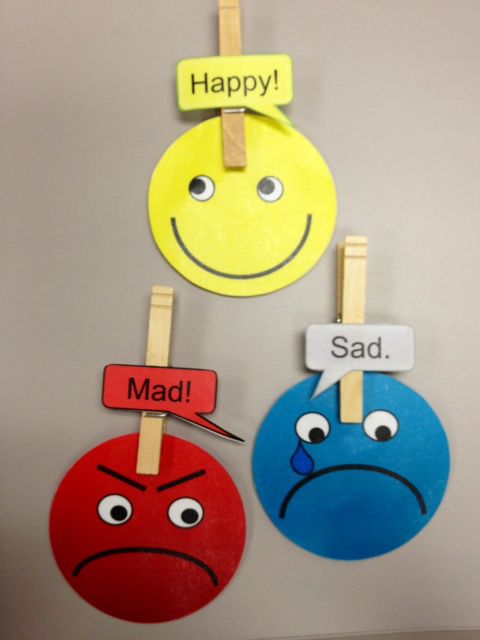 This activity works well in groups or as a one-on-one activity.
This activity works well in groups or as a one-on-one activity.
Learn more: Mosswood Connections
31. Feelings Slap Game
This is a fun card game that teaches social-emotional skills by helping preschoolers identify and name different emotions. This game can be played in small groups or emotions can be called out to students at their spots on the rug.
Learn more: Kiddie Matters
32. Rainbow Breathing
Improve focus, self-control, and mindfulness in the classroom while practicing breathing techniques that will also improve motor skills.
Learn more: The OT Toolbox
33. "I Can Show Kindness"
Worksheet with images that gives suggestions of ways students can show kindness in their home and community.
Learn more: Teachers Pay Teachers
34. The Gratitude Game
Using colored sticks or candies, students will choose a color, then have to express gratitude related to the color.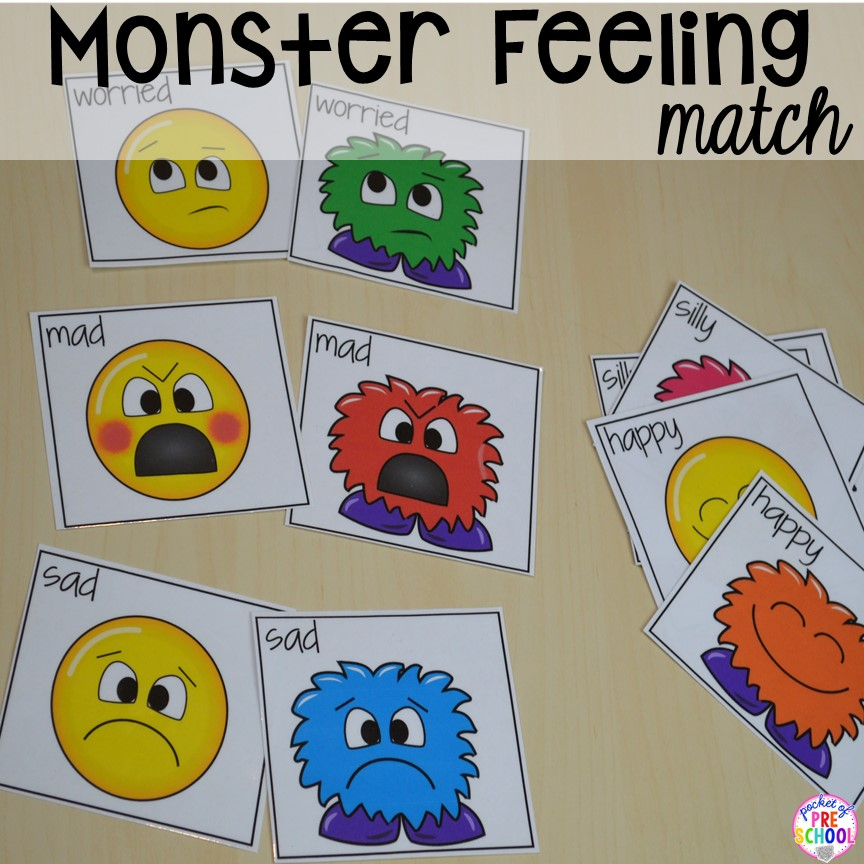 It gets students to appreciate little things and others in their daily lives.
It gets students to appreciate little things and others in their daily lives.
Learn more: Seattle's Child
35. Practice Social Interaction
Help kids learn how to work through specific social scenarios by using social stories to practice these interactions.
Learn more: Whimsy Workshop Teaching
36. Impulse Control Cards
Great for preschool children who are impulsive. This is a simple game that uses images and speech to "stop and think" before calling out the answer.
Learn more: The Dabbling Speachie
37. Good Friend
This sort and paste activity teaches students the difference between a good and a bad friend through concrete examples.
Learn more: Keeping My Kiddo Busy
38. Spatial Awareness Puzzle
Let students show their artistic expression while learning about spatial awareness. Using an outline of a simple shape and objects found in nature, children will create a puzzle that fits the objects inside the border.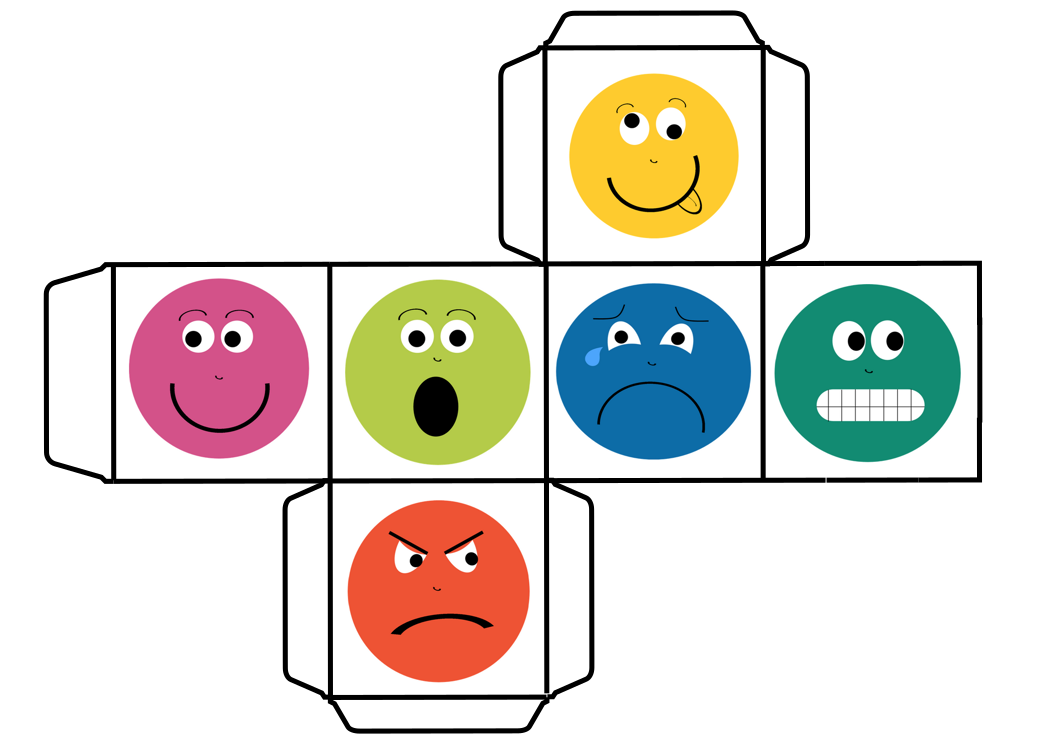
Learn more: Little Pine Learners
39. Reading Body Language
This game uses images to help students identify the meaning of body language.
Learn more: Annie's Classroom
40. Calming Kit
Create a calming kit for children to use when they are upset. The kit will teach them how to self-regulate and build calming skills for when an undesirable feeling comes.
Learn more: Perfection Pending
41. Learn Through Literacy
Teach children about the concept of charing through the read-aloud text, "The Doorbell Rang", which also introduces them to basic math skills.
Learn more: Pre-K Pages
42. Identify Body Feelings
Children identify an emotion and then use images to relate it to how it makes their bodies feel. It helps students not only be conscious of their emotions, but also aware of how their body reacts.
Learn more: The Responsive Counselor
43.
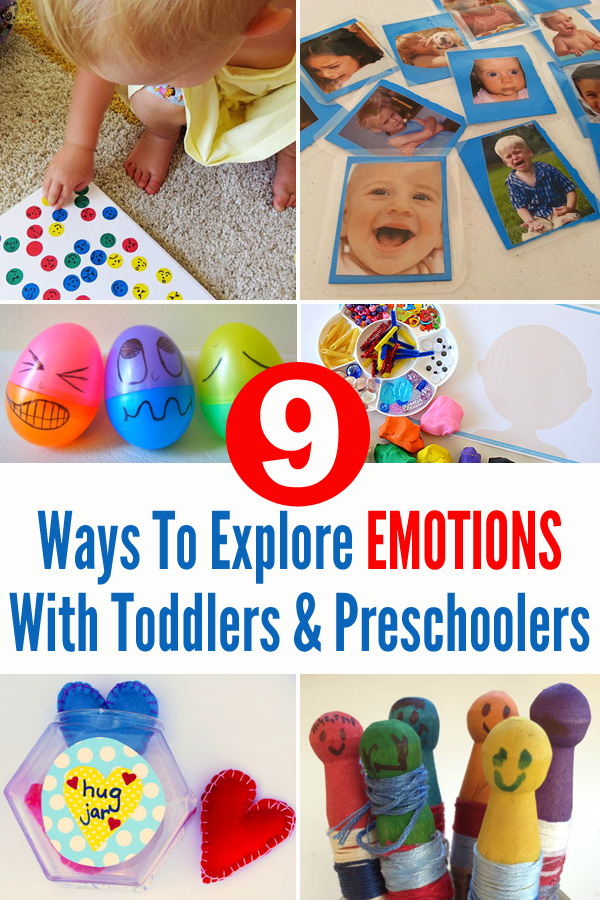 Alphabreathes
Alphabreathes This book is a fun way to teach a variety of breathing strategies to students created by a psychologist and appropriate for toddlers. It relates the different strategies to a familiar object and letter of the alphabet.
Learn more: Mindful Schools
44. Puppet Play
Children learn about strong emotions through interactions between the puppets. You can also have them create their own puppets that they identify with.
Learn more: Raising Children
45. Build A Flower Emotions
Support students in identifying different emotions by using this adorable sort and match game.
Learn more: Frogs and Fairies
Frequently Asked Questions
What are some social-emotional activities?
The above list has many great social-emotional activities. In addition to the above activities, role-playing with a caregiver also teaches many important social skills and emotional skills.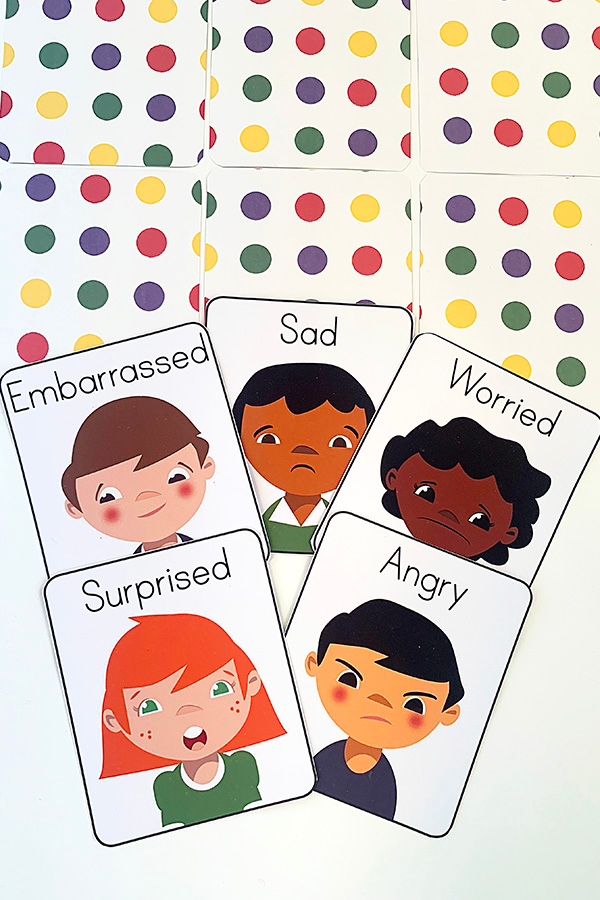
How do you teach emotions?
Emotions can be taught in many ways. Books, conversations, and social-emotional activities are all great ways to teach emotions.
What are examples of social activities?
Social activities are activities such as group art projects, pretend play involving serving or helping, and circle time group activities.
Social-Emotional Activities for Preschool and Kindergarten
When our little ones head off for school, they take their first steps in a lifelong journey of learning. Not only will they begin to build foundational skills that will pave the way for academic success, but they’ll also learn social-emotional skills like kindness, sharing, and self-regulation that will contribute to their overall success in life. Some research suggests that social-emotional activities might be the most important work children can do in the early years. In fact, one study found that social-emotional wellness in kindergarten correlated with success up until age 25.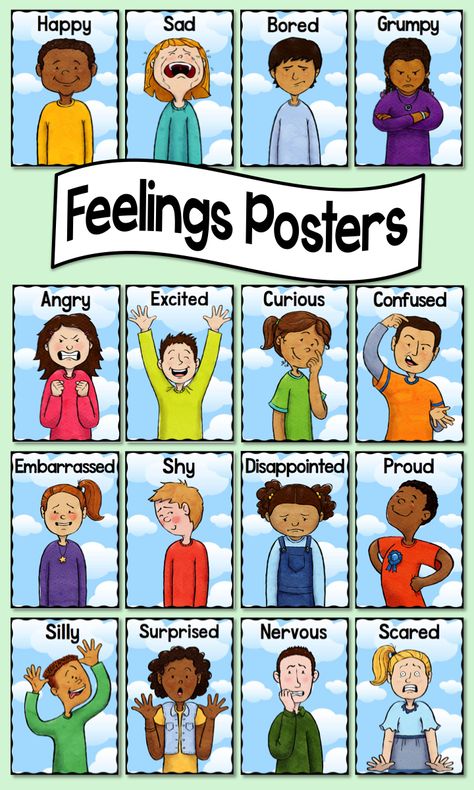
Here are some of our favorite social-emotional activities to use with your preschool and kindergarten students.
(Just a heads up! WeAreTeachers may collect a share of sales from the links on this page. We only recommend items our team loves!)
Teach students to identify their emotions.
Identifying and labeling feelings (your own and others’) is a valuable life skill that takes lots of practice. These social-emotional activities are not only fun and engaging for little ones, they spark essential conversations that lead to deeper understanding.
1. Read, read, read!
There are TONS of children’s books featuring interesting main characters and story lines that teach social-emotional skills. Reading about characters they can relate to, in situations they can relate to, helps young children learn valuable lessons. Here are two book lists to get you started: Picture Books To Teach Students About Kindness and Children’s Books for Teaching Social Skills.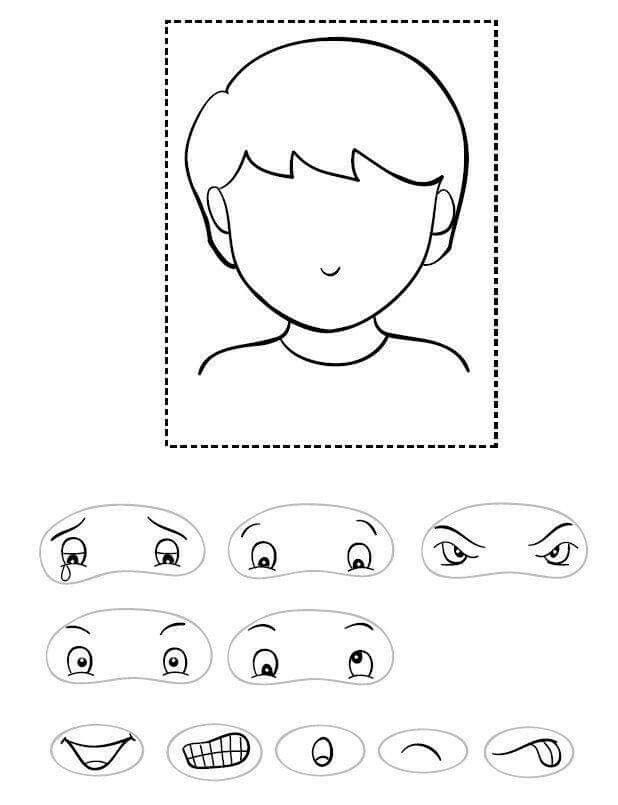
2. Sing
Source: Centervention
Different emotions evoke different feelings in our bodies. Teach your students this song to help them learn to identify what is really going on. Also, find role-play scenarios and reflection questions.
3. Play a monster emotions match game
Source: Pocket of Preschool
Download the free game cards here. This fun and engaging game helps kids learn how to identify emotions in other people. The game begins as students walk around the room making the feeling face that matches their card. As they walk, they look for another student who seems to be demonstrating the same feeling. Once everyone thinks they have found their matching feeling friend, let them check their cards to see if they are right. Play a few rounds to give kids a chance to try out different feelings.
4. Make emotion masks
Source: No Time for Flash Cards
These masks are a great tool for talking about feelings. And all you need is paper plates (cut in half), craft sticks, tape, and markers.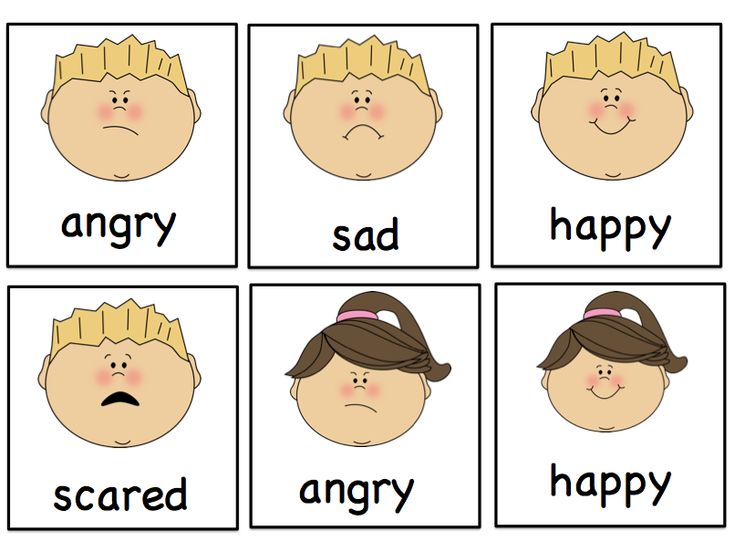 The activity will focus on four emotions: happy, mad, sad, and silly. For each emotion (and each mask), make a face and then ask the class to identify the emotion it represents. Once they correctly identify the emotion, have them use the marker to draw that face on one of the plates. You can use these masks during read-alouds (hold up the mask that shows how the main character is feeling) or during class conversations to reinforce their understanding of what different feelings look like.
The activity will focus on four emotions: happy, mad, sad, and silly. For each emotion (and each mask), make a face and then ask the class to identify the emotion it represents. Once they correctly identify the emotion, have them use the marker to draw that face on one of the plates. You can use these masks during read-alouds (hold up the mask that shows how the main character is feeling) or during class conversations to reinforce their understanding of what different feelings look like.
5. Start each day with a check-in
Source: Simple Music Teaching
This chart is a fun one to help students communicate how they’re feeling. Position it next to your classroom door, and have students point to the emoji that most closely matches how they’re feeling as they enter. This activity helps students get in the habit of monitoring their emotions and gives you valuable information about your students’ moods.
Teach kids strategies to deal with hard feelings.
Being able to identify and label feelings is a great start.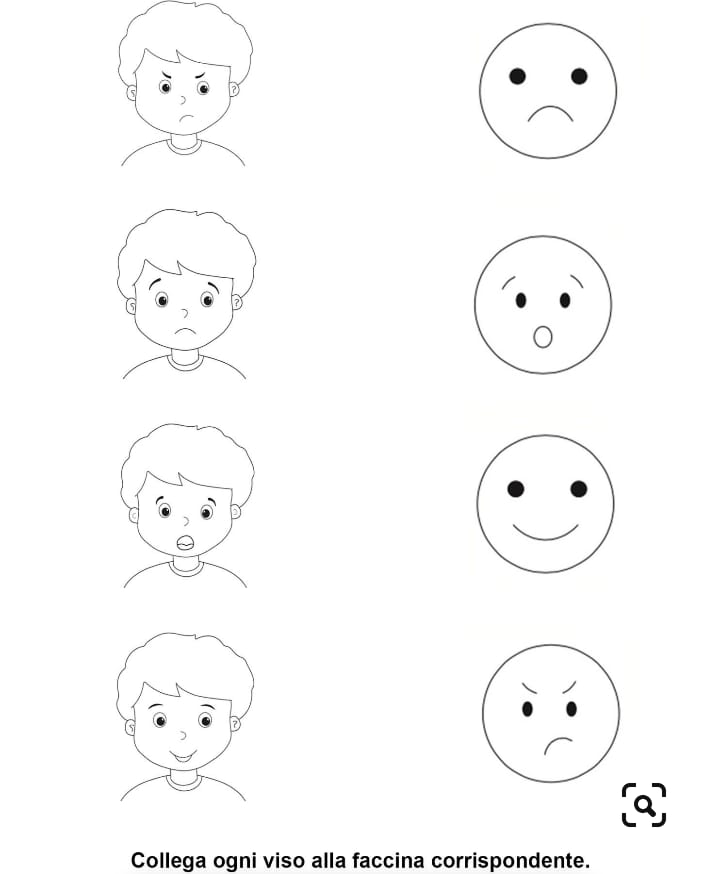 Knowing what to do when unsettling feelings come up is the next step. Feelings like anger, sadness, and confusion will undoubtedly arise from time to time in the classroom. Here are a few social-emotional activities to help your students learn how to cope in a safe environment.
Knowing what to do when unsettling feelings come up is the next step. Feelings like anger, sadness, and confusion will undoubtedly arise from time to time in the classroom. Here are a few social-emotional activities to help your students learn how to cope in a safe environment.
6. Use strategy cards
Source: Liz’s Early Learning Spot
These free downloadable cards offer 23 different strategies (with pictures and words) that kids can use to manage their emotions. Print them out, punch a hole in the corner of each card, and attach them to a ring.
7. Download this free poster
Source: A Blog From the Pond
Use these posters to teach kids what to do when they feel their emotions escalating. Once they are familiar with the strategies, post the posters in your calm-down corner for kids to reference as they regroup. Included with the download are 30 great calm-down ideas like “I can count to 10,” “I can blow a feather,” and more.
8. Put together a calm-down kit
Source: Playful Notes
Stock a plastic bin with tools to help little ones manage their emotions.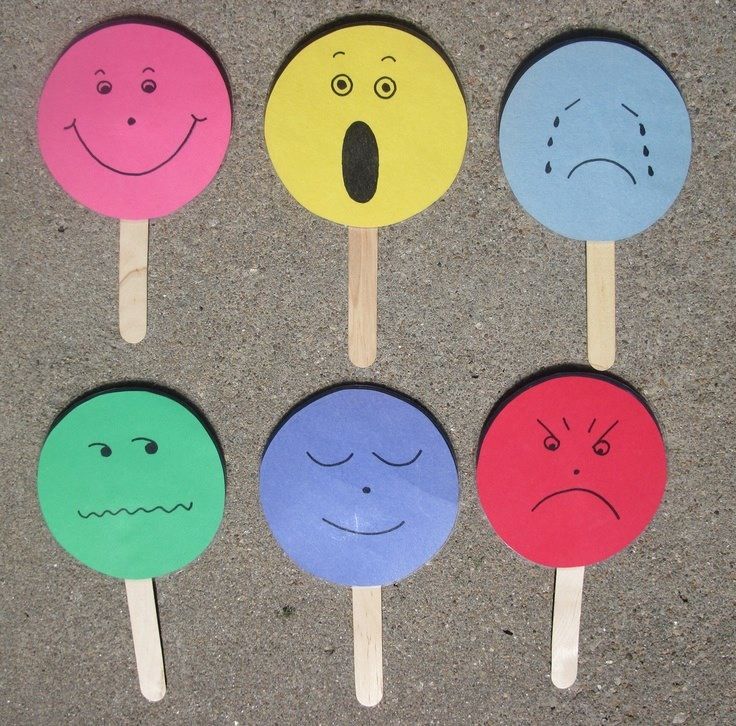 Include things such as strategy cards, squeeze balls, calm-down bottles, putty, and breathing exercises. For more ideas, check out this list of 40+ Things To Put in Your Calm-Down Kit.
Include things such as strategy cards, squeeze balls, calm-down bottles, putty, and breathing exercises. For more ideas, check out this list of 40+ Things To Put in Your Calm-Down Kit.
9. Teach them yoga poses …
Source: Social Emotional Workshop
Teach your students simple yoga poses to help them get control of their bodies when emotions are running high. For best results, pair poses with deep-breathing techniques. Follow this link to access a kid-friendly yoga card deck with 34 different yoga poses (including simple descriptions) and suggested sequences of poses to use.
10. … and breathing techniques
Source: Early Impact Learning
Deep breathing reduces stress and anxiety and helps kids learn to manage their emotions. Check out this source for lots of fun ideas for building breathing breaks into your day.
Build in lots of opportunities for kids to work on social skills.
Like everyone, little ones learn best by doing. Give them lots of opportunities to interact with peers one-on-one, in small groups, and as part of a whole class, ideally with as little adult interference as possible.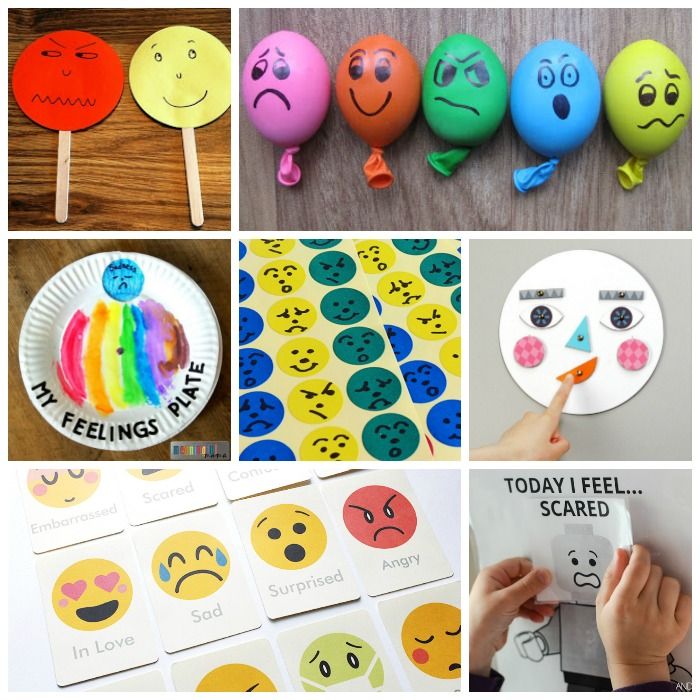 As they play during social-emotional activities, they’ll learn to navigate among other kids who may have different styles and opinions. Activities like creative play, building projects, board games, and partner reading are great tools to reveal kids’ strengths and challenges as they begin to figure out how to manage school in the best way for themselves.
As they play during social-emotional activities, they’ll learn to navigate among other kids who may have different styles and opinions. Activities like creative play, building projects, board games, and partner reading are great tools to reveal kids’ strengths and challenges as they begin to figure out how to manage school in the best way for themselves.
11. Create a culture of kindness
Create a culture of kindness in your classroom. Read your students the story Have You Filled a Bucket Today? A Guide to Daily Happiness for Kids by Carol McCloud. Then spread the love with a few of these activities.
12. Engage in compliment circles
teaching
Source: The Interactive Teacher
Holding compliment circles in class takes very little time but yields powerful results. Create an environment of respect and kindness with this simple activity that teaches kids how to give and receive compliments. For all the details, check out this blog.
13.
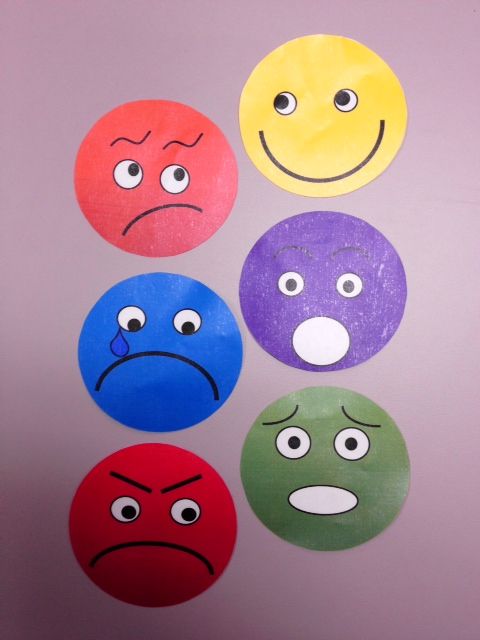 Teach problem-solving strategies
Teach problem-solving strategiesSource: This Reading Mama
In any social situation, conflict is bound to occur. That’s why teaching kids how to peacefully solve problems is essential. Equip your students with the tools they need to manage uncomfortable situations with these coping strategies and free poster set.
14. Play a sharing game
Source: Sunny Day Family
In Mo Willems’ adorable book Should I Share My Ice Cream?, Gerald the elephant has to make a quick decision about whether to share his ice cream cone with his best friend, Piggy. Read the story to your class and have a conversation about sharing.
Then try this fun game. Make “waffle” cones out of rolled-up sheets of construction paper, then have students practice passing their “ice cream” to a friend. Not only will students learn cooperation, but this game is also a great opportunity to use polite language such as “please” and “thank you.”
15. Watch friendship videos
Learning to get along with others takes a lot of practice.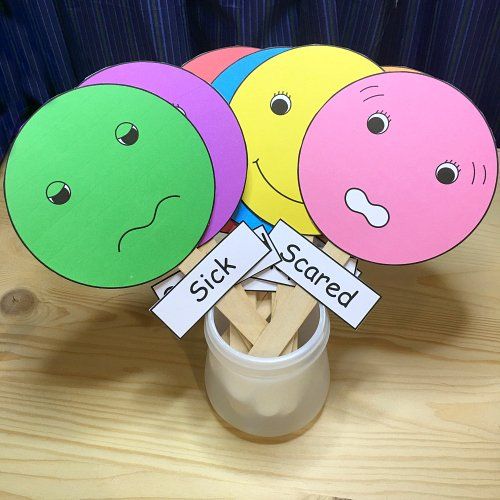 Here are 12 friendship videos that use compassion, wisdom, and humor to tackle what it means to be a good friend. Use them to jump-start conversations with your students as you build your classroom community.
Here are 12 friendship videos that use compassion, wisdom, and humor to tackle what it means to be a good friend. Use them to jump-start conversations with your students as you build your classroom community.
Practice mindfulness in the classroom.
Mindfulness is defined as a mental state achieved by focusing one’s awareness on the present moment, while calmly acknowledging and accepting one’s feelings, thoughts, and bodily sensations. Mindfulness techniques help students handle big emotions (in themselves and others) and cultivate a sense of peace and calm.
16. Introduce mindfulness with children’s books
Source: 15 Books To Teach Kids About Mindfulness
If you’re looking for social-emotional activities that incorporate reading, there are dozens of brilliant books that teach the lesson of mindfulness for preschoolers. A couple of our favorites, just for little ones, are Peaceful Panda and I Am the Jungle.
17. Go on a nature walk
Source: The Little School
Take your little ones outside to indulge their five senses.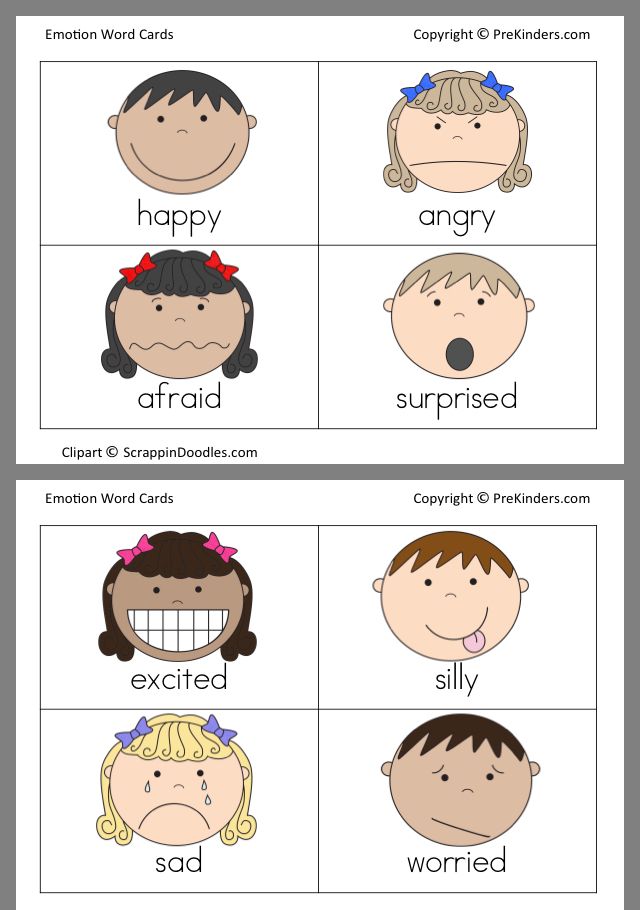 Explore the changing color of leaves, different leaf shapes, pine cones, and more. Listen for birds and other critters. Lie down on the grass and feel the earth beneath you as you look up at the blue sky.
Explore the changing color of leaves, different leaf shapes, pine cones, and more. Listen for birds and other critters. Lie down on the grass and feel the earth beneath you as you look up at the blue sky.
18. Play in water
Source: Preschool Plan It
Nothing soothes the senses like water. Set up a water table in your classroom and let students engage in free cooperative play. Include your water table as a station at center time.
19. Make time for art
Source: Innovation Kids Lab
There are SO many reasons kids need to paint. Most find peace and relaxation in art. It focuses their minds and helps them look at the world around them in a much more engaged way.
20. Practice listening
Source: Fay School
Learning to listen, not only to themselves but to each other, is a critical skill for preschoolers. Take moments each day to sit quietly and listen for sounds for increasing lengths of time. Ring a chime and ask students to see how long they can hear the sound it makes.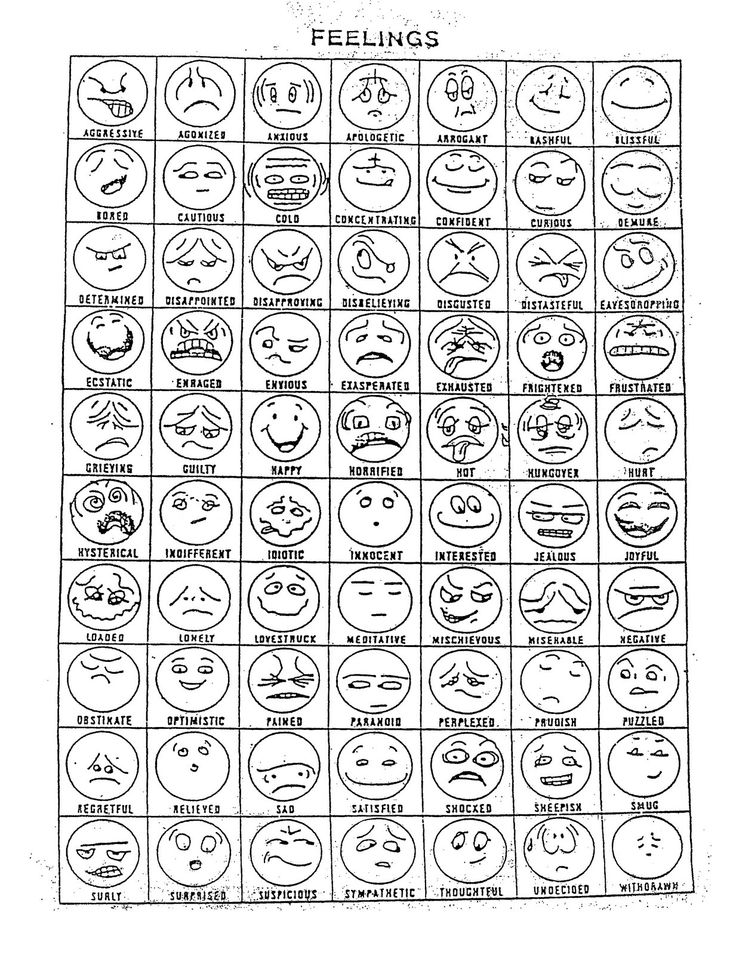 Pair students up and teach them to take turns asking questions and listening to answers. Play a round of “telephone.”
Pair students up and teach them to take turns asking questions and listening to answers. Play a round of “telephone.”
If you liked these social-emotional activities and want more articles like this, be sure to subscribe to our newsletters.
Plus, check out 50 Simple Mindfulness Activities for the Classroom.
Development of the emotional sphere of preschool children in a preschool educational organization
%PDF-1.5 % 10 obj > /Metadata 4 0 R >> endobj 5 0 obj /Title >> endobj 20 obj > endobj 3 0 obj > endobj 40 obj > stream
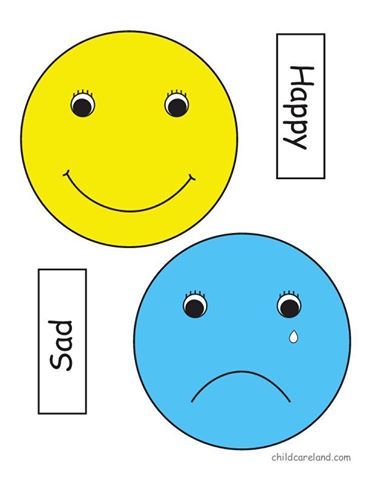 32 841.92] /Contents[100 0 R 101 0 R 102 0 R] /group> /Tabs /S /StructParents 0 /Annots [103 0R] >> endobj 70 obj > /ExtGState> /ProcSet [/PDF /Text /ImageB /ImageC /ImageI] >> /Annots [104 0 R 105 0 R 106 0 R 107 0 R 108 0 R 109 0 R 110 0 R 111 0 R 112 0 R 113 0 R 114 0 R 115 0 R 116 0 R 117 0 R 118 0 R 119 0 R 120 0 R 121 0 R 122 0 R 123 0 R 124 0 R 125 0 R] /MediaBox [0 0 595.32 841.92] /Contents 126 0R /group> /Tabs /S /StructParents 1 >> endobj 80 obj > /ExtGState> /ProcSet [/PDF /Text /ImageB /ImageC /ImageI] >> /MediaBox[0 0 595.32 841.92] /Contents 127 0 R /group> /Tabs /S /StructParents 24 >> endobj 9 0 obj > /ExtGState> /ProcSet [/PDF /Text /ImageB /ImageC /ImageI] >> /MediaBox [0 0 595.32 841.92] /Contents 130 0 R /group> /Tabs /S /StructParents 25 >> endobj 10 0 obj > /ExtGState> /ProcSet [/PDF /Text /ImageB /ImageC /ImageI] >> /MediaBox [0 0 595.32 841.92] /Contents 131 0 R /group> /Tabs /S /StructParents 26 >> endobj 11 0 obj > /ExtGState> /ProcSet [/PDF /Text /ImageB /ImageC /ImageI] >> /MediaBox[0 0 595.
32 841.92] /Contents[100 0 R 101 0 R 102 0 R] /group> /Tabs /S /StructParents 0 /Annots [103 0R] >> endobj 70 obj > /ExtGState> /ProcSet [/PDF /Text /ImageB /ImageC /ImageI] >> /Annots [104 0 R 105 0 R 106 0 R 107 0 R 108 0 R 109 0 R 110 0 R 111 0 R 112 0 R 113 0 R 114 0 R 115 0 R 116 0 R 117 0 R 118 0 R 119 0 R 120 0 R 121 0 R 122 0 R 123 0 R 124 0 R 125 0 R] /MediaBox [0 0 595.32 841.92] /Contents 126 0R /group> /Tabs /S /StructParents 1 >> endobj 80 obj > /ExtGState> /ProcSet [/PDF /Text /ImageB /ImageC /ImageI] >> /MediaBox[0 0 595.32 841.92] /Contents 127 0 R /group> /Tabs /S /StructParents 24 >> endobj 9 0 obj > /ExtGState> /ProcSet [/PDF /Text /ImageB /ImageC /ImageI] >> /MediaBox [0 0 595.32 841.92] /Contents 130 0 R /group> /Tabs /S /StructParents 25 >> endobj 10 0 obj > /ExtGState> /ProcSet [/PDF /Text /ImageB /ImageC /ImageI] >> /MediaBox [0 0 595.32 841.92] /Contents 131 0 R /group> /Tabs /S /StructParents 26 >> endobj 11 0 obj > /ExtGState> /ProcSet [/PDF /Text /ImageB /ImageC /ImageI] >> /MediaBox[0 0 595.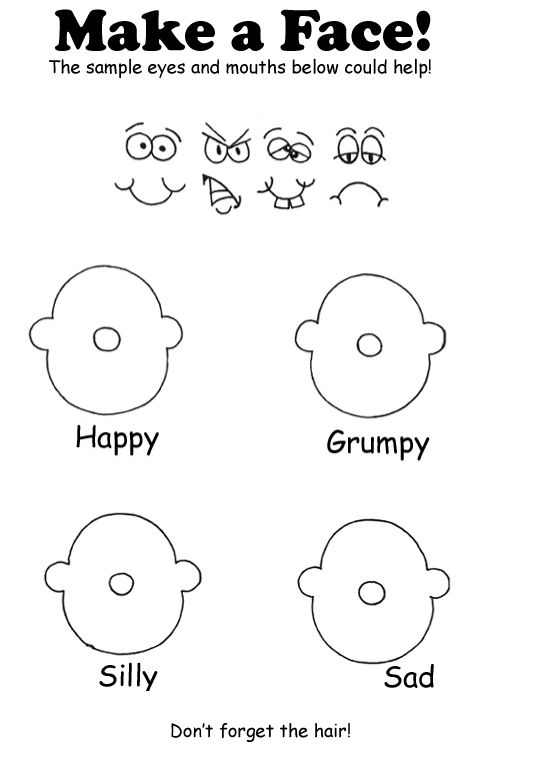 32 841.92] /Contents 132 0 R /group> /Tabs /S /StructParents 27 >> endobj 12 0 obj > /ExtGState> /ProcSet [/PDF /Text /ImageB /ImageC /ImageI] >> /MediaBox [0 0 595.32 841.92] /Contents 133 0 R /group> /Tabs /S /StructParents 28 >> endobj 13 0 obj > /ExtGState> /ProcSet [/PDF /Text /ImageB /ImageC /ImageI] >> /MediaBox [0 0 595.32 841.92] /Contents 134 0 R /group> /Tabs /S /StructParents 29 >> endobj 14 0 obj > /ExtGState> /ProcSet [/PDF /Text /ImageB /ImageC /ImageI] >> /MediaBox[0 0 595.32 841.92] /Contents 135 0 R /group> /Tabs /S /StructParents 30 >> endobj 15 0 obj > /ProcSet [/PDF /Text /ImageB /ImageC /ImageI] >> /MediaBox [0 0 595.32 841.92] /Contents 136 0 R /group> /Tabs /S /StructParents 31 >> endobj 16 0 obj > /ProcSet [/PDF /Text /ImageB /ImageC /ImageI] >> /MediaBox [0 0 595.32 841.92] /Contents 137 0 R /group> /Tabs /S /StructParents 32 >> endobj 17 0 obj > /ExtGState> /ProcSet [/PDF /Text /ImageB /ImageC /ImageI] >> /MediaBox[0 0 595.32 841.92] /Contents 138 0 R /group> /Tabs /S /StructParents 33 >> endobj 18 0 obj > /ExtGState> /ProcSet [/PDF /Text /ImageB /ImageC /ImageI] >> /MediaBox [0 0 595.
32 841.92] /Contents 132 0 R /group> /Tabs /S /StructParents 27 >> endobj 12 0 obj > /ExtGState> /ProcSet [/PDF /Text /ImageB /ImageC /ImageI] >> /MediaBox [0 0 595.32 841.92] /Contents 133 0 R /group> /Tabs /S /StructParents 28 >> endobj 13 0 obj > /ExtGState> /ProcSet [/PDF /Text /ImageB /ImageC /ImageI] >> /MediaBox [0 0 595.32 841.92] /Contents 134 0 R /group> /Tabs /S /StructParents 29 >> endobj 14 0 obj > /ExtGState> /ProcSet [/PDF /Text /ImageB /ImageC /ImageI] >> /MediaBox[0 0 595.32 841.92] /Contents 135 0 R /group> /Tabs /S /StructParents 30 >> endobj 15 0 obj > /ProcSet [/PDF /Text /ImageB /ImageC /ImageI] >> /MediaBox [0 0 595.32 841.92] /Contents 136 0 R /group> /Tabs /S /StructParents 31 >> endobj 16 0 obj > /ProcSet [/PDF /Text /ImageB /ImageC /ImageI] >> /MediaBox [0 0 595.32 841.92] /Contents 137 0 R /group> /Tabs /S /StructParents 32 >> endobj 17 0 obj > /ExtGState> /ProcSet [/PDF /Text /ImageB /ImageC /ImageI] >> /MediaBox[0 0 595.32 841.92] /Contents 138 0 R /group> /Tabs /S /StructParents 33 >> endobj 18 0 obj > /ExtGState> /ProcSet [/PDF /Text /ImageB /ImageC /ImageI] >> /MediaBox [0 0 595. 32 841.92] /Contents 139 0 R /group> /Tabs /S /StructParents 34 >> endobj 19 0 obj > /ExtGState> /ProcSet [/PDF /Text /ImageB /ImageC /ImageI] >> /MediaBox [0 0 595.32 841.92] /Contents 140 0 R /group> /Tabs /S /StructParents 35 >> endobj 20 0 obj > /ExtGState> /ProcSet [/PDF /Text /ImageB /ImageC /ImageI] >> /MediaBox[0 0 595.32 841.92] /Contents 141 0 R /group> /Tabs /S /StructParents 36 >> endobj 21 0 obj > /ExtGState> /ProcSet [/PDF /Text /ImageB /ImageC /ImageI] >> /MediaBox [0 0 595.32 841.92] /Contents 142 0 R /group> /Tabs /S /StructParents 37 >> endobj 22 0 obj > /ExtGState> /ProcSet [/PDF /Text /ImageB /ImageC /ImageI] >> /MediaBox [0 0 595.32 841.92] /Contents 143 0 R /group> /Tabs /S /StructParents 38 >> endobj 23 0 obj > /ProcSet [/PDF /Text /ImageB /ImageC /ImageI] >> /MediaBox[0 0 595.32 841.92] /Contents 144 0 R /group> /Tabs /S /StructParents 39 >> endobj 24 0 obj > /ExtGState> /ProcSet [/PDF /Text /ImageB /ImageC /ImageI] >> /MediaBox [0 0 595.32 841.92] /Contents 145 0 R /group> /Tabs /S /StructParents 40 >> endobj 25 0 obj > /ExtGState> /ProcSet [/PDF /Text /ImageB /ImageC /ImageI] >> /MediaBox [0 0 595.
32 841.92] /Contents 139 0 R /group> /Tabs /S /StructParents 34 >> endobj 19 0 obj > /ExtGState> /ProcSet [/PDF /Text /ImageB /ImageC /ImageI] >> /MediaBox [0 0 595.32 841.92] /Contents 140 0 R /group> /Tabs /S /StructParents 35 >> endobj 20 0 obj > /ExtGState> /ProcSet [/PDF /Text /ImageB /ImageC /ImageI] >> /MediaBox[0 0 595.32 841.92] /Contents 141 0 R /group> /Tabs /S /StructParents 36 >> endobj 21 0 obj > /ExtGState> /ProcSet [/PDF /Text /ImageB /ImageC /ImageI] >> /MediaBox [0 0 595.32 841.92] /Contents 142 0 R /group> /Tabs /S /StructParents 37 >> endobj 22 0 obj > /ExtGState> /ProcSet [/PDF /Text /ImageB /ImageC /ImageI] >> /MediaBox [0 0 595.32 841.92] /Contents 143 0 R /group> /Tabs /S /StructParents 38 >> endobj 23 0 obj > /ProcSet [/PDF /Text /ImageB /ImageC /ImageI] >> /MediaBox[0 0 595.32 841.92] /Contents 144 0 R /group> /Tabs /S /StructParents 39 >> endobj 24 0 obj > /ExtGState> /ProcSet [/PDF /Text /ImageB /ImageC /ImageI] >> /MediaBox [0 0 595.32 841.92] /Contents 145 0 R /group> /Tabs /S /StructParents 40 >> endobj 25 0 obj > /ExtGState> /ProcSet [/PDF /Text /ImageB /ImageC /ImageI] >> /MediaBox [0 0 595.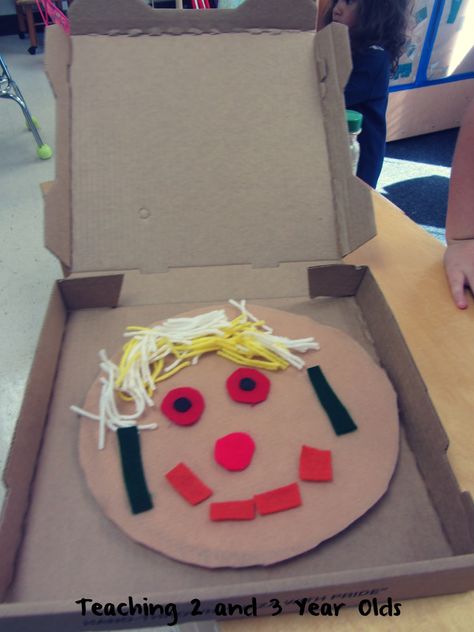 32 841.92] /Contents 146 0 R /group> /Tabs /S /StructParents 41 >> endobj 26 0 obj > /ExtGState> /ProcSet [/PDF /Text /ImageB /ImageC /ImageI] >> /MediaBox[0 0 595.32 841.92] /Contents 147 0 R /group> /Tabs /S /StructParents 42 >> endobj 27 0 obj > /ExtGState> /ProcSet [/PDF /Text /ImageB /ImageC /ImageI] >> /MediaBox [0 0 595.32 841.92] /Contents 148 0R /group> /Tabs /S /StructParents 43 >> endobj 28 0 obj > /ExtGState> /ProcSet [/PDF /Text /ImageB /ImageC /ImageI] >> /MediaBox [0 0 595.32 841.92] /Contents 149 0 R /group> /Tabs /S /StructParents 44 >> endobj 29 0 obj > /ExtGState> /ProcSet [/PDF /Text /ImageB /ImageC /ImageI] >> /MediaBox[0 0 595.32 841.92] /Contents 150 0 R /group> /Tabs /S /StructParents 45 >> endobj 30 0 obj > /ExtGState> /ProcSet [/PDF /Text /ImageB /ImageC /ImageI] >> /MediaBox [0 0 595.32 841.92] /Contents 151 0 R /group> /Tabs /S /StructParents 46 >> endobj 31 0 obj > /ExtGState> /ProcSet [/PDF /Text /ImageB /ImageC /ImageI] >> /MediaBox [0 0 595.32 841.92] /Contents 152 0 R /group> /Tabs /S /StructParents 47 >> endobj 32 0 obj > /ExtGState> /ProcSet [/PDF /Text /ImageB /ImageC /ImageI] >> /MediaBox[0 0 595.
32 841.92] /Contents 146 0 R /group> /Tabs /S /StructParents 41 >> endobj 26 0 obj > /ExtGState> /ProcSet [/PDF /Text /ImageB /ImageC /ImageI] >> /MediaBox[0 0 595.32 841.92] /Contents 147 0 R /group> /Tabs /S /StructParents 42 >> endobj 27 0 obj > /ExtGState> /ProcSet [/PDF /Text /ImageB /ImageC /ImageI] >> /MediaBox [0 0 595.32 841.92] /Contents 148 0R /group> /Tabs /S /StructParents 43 >> endobj 28 0 obj > /ExtGState> /ProcSet [/PDF /Text /ImageB /ImageC /ImageI] >> /MediaBox [0 0 595.32 841.92] /Contents 149 0 R /group> /Tabs /S /StructParents 44 >> endobj 29 0 obj > /ExtGState> /ProcSet [/PDF /Text /ImageB /ImageC /ImageI] >> /MediaBox[0 0 595.32 841.92] /Contents 150 0 R /group> /Tabs /S /StructParents 45 >> endobj 30 0 obj > /ExtGState> /ProcSet [/PDF /Text /ImageB /ImageC /ImageI] >> /MediaBox [0 0 595.32 841.92] /Contents 151 0 R /group> /Tabs /S /StructParents 46 >> endobj 31 0 obj > /ExtGState> /ProcSet [/PDF /Text /ImageB /ImageC /ImageI] >> /MediaBox [0 0 595.32 841.92] /Contents 152 0 R /group> /Tabs /S /StructParents 47 >> endobj 32 0 obj > /ExtGState> /ProcSet [/PDF /Text /ImageB /ImageC /ImageI] >> /MediaBox[0 0 595.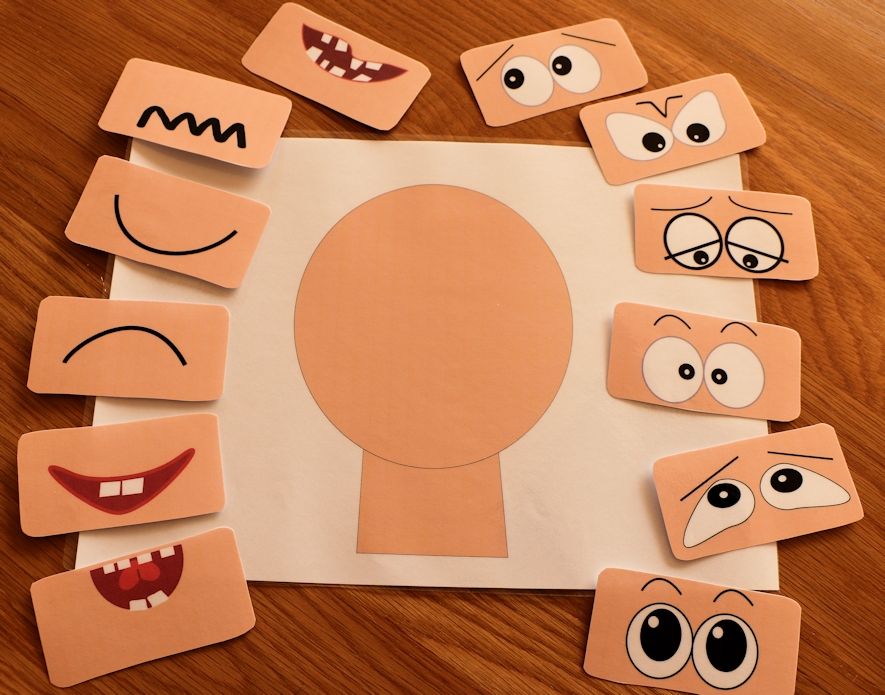 32 841.92] /Contents 153 0R /group> /Tabs /S /StructParents 48 >> endobj 33 0 obj > /ExtGState> /ProcSet [/PDF /Text /ImageB /ImageC /ImageI] >> /MediaBox [0 0 595.32 841.92] /Contents 154 0 R /group> /Tabs /S /StructParents 49 >> endobj 34 0 obj > /ProcSet [/PDF /Text /ImageB /ImageC /ImageI] >> /MediaBox [0 0 595.32 841.92] /Contents 155 0 R /group> /Tabs /S /StructParents 50 >> endobj 35 0 obj > /ProcSet [/PDF /Text /ImageB /ImageC /ImageI] >> /MediaBox[0 0 595.32 841.92] /Contents 156 0 R /group> /Tabs /S /StructParents 51 >> endobj 36 0 obj > /ProcSet [/PDF /Text /ImageB /ImageC /ImageI] >> /MediaBox [0 0 595.32 841.92] /Contents 157 0R /group> /Tabs /S /StructParents 52 >> endobj 37 0 obj > /ProcSet [/PDF /Text /ImageB /ImageC /ImageI] >> /MediaBox [0 0 595.32 841.92] /Contents 158 0 R /group> /Tabs /S /StructParents 53 >> endobj 38 0 obj > /ExtGState> /ProcSet [/PDF /Text /ImageB /ImageC /ImageI] >> /MediaBox[0 0 595.32 841.92] /Contents 159 0 R /group> /Tabs /S /StructParents 54 >> endobj 39 0 obj > /ExtGState> /ProcSet [/PDF /Text /ImageB /ImageC /ImageI] >> /MediaBox [0 0 595.
32 841.92] /Contents 153 0R /group> /Tabs /S /StructParents 48 >> endobj 33 0 obj > /ExtGState> /ProcSet [/PDF /Text /ImageB /ImageC /ImageI] >> /MediaBox [0 0 595.32 841.92] /Contents 154 0 R /group> /Tabs /S /StructParents 49 >> endobj 34 0 obj > /ProcSet [/PDF /Text /ImageB /ImageC /ImageI] >> /MediaBox [0 0 595.32 841.92] /Contents 155 0 R /group> /Tabs /S /StructParents 50 >> endobj 35 0 obj > /ProcSet [/PDF /Text /ImageB /ImageC /ImageI] >> /MediaBox[0 0 595.32 841.92] /Contents 156 0 R /group> /Tabs /S /StructParents 51 >> endobj 36 0 obj > /ProcSet [/PDF /Text /ImageB /ImageC /ImageI] >> /MediaBox [0 0 595.32 841.92] /Contents 157 0R /group> /Tabs /S /StructParents 52 >> endobj 37 0 obj > /ProcSet [/PDF /Text /ImageB /ImageC /ImageI] >> /MediaBox [0 0 595.32 841.92] /Contents 158 0 R /group> /Tabs /S /StructParents 53 >> endobj 38 0 obj > /ExtGState> /ProcSet [/PDF /Text /ImageB /ImageC /ImageI] >> /MediaBox[0 0 595.32 841.92] /Contents 159 0 R /group> /Tabs /S /StructParents 54 >> endobj 39 0 obj > /ExtGState> /ProcSet [/PDF /Text /ImageB /ImageC /ImageI] >> /MediaBox [0 0 595.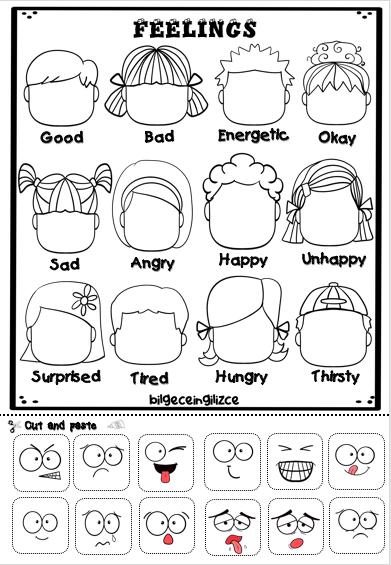 32 841.92] /Contents 160 0 R /group> /Tabs /S /StructParents 55 >> endobj 40 0 obj > /ExtGState> /ProcSet [/PDF /Text /ImageB /ImageC /ImageI] >> /MediaBox [0 0 595.32 841.92] /Contents 161 0R /group> /Tabs /S /StructParents 56 >> endobj 41 0 obj > /ExtGState> /ProcSet [/PDF /Text /ImageB /ImageC /ImageI] >> /MediaBox[0 0 595.32 841.92] /Contents 162 0 R /group> /Tabs /S /StructParents 57 >> endobj 42 0 obj > /ExtGState> /ProcSet [/PDF /Text /ImageB /ImageC /ImageI] >> /MediaBox [0 0 595.32 841.92] /Contents 163 0R /group> /Tabs /S /StructParents 58 >> endobj 43 0 obj > /ExtGState> /ProcSet [/PDF /Text /ImageB /ImageC /ImageI] >> /MediaBox [0 0 595.32 841.92] /Contents 164 0R /group> /Tabs /S /StructParents 59 >> endobj 44 0 obj > /ExtGState> /ProcSet [/PDF /Text /ImageB /ImageC /ImageI] >> /MediaBox[0 0 595.32 841.92] /Contents 166 0 R /group> /Tabs /S /StructParents 60 >> endobj 45 0 obj > /ExtGState> /ProcSet [/PDF /Text /ImageB /ImageC /ImageI] >> /MediaBox [0 0 595.32 841.92] /Contents 167 0 R /group> /Tabs /S /StructParents 61 >> endobj 46 0 obj > /ExtGState> /ProcSet [/PDF /Text /ImageB /ImageC /ImageI] >> /MediaBox [0 0 595.
32 841.92] /Contents 160 0 R /group> /Tabs /S /StructParents 55 >> endobj 40 0 obj > /ExtGState> /ProcSet [/PDF /Text /ImageB /ImageC /ImageI] >> /MediaBox [0 0 595.32 841.92] /Contents 161 0R /group> /Tabs /S /StructParents 56 >> endobj 41 0 obj > /ExtGState> /ProcSet [/PDF /Text /ImageB /ImageC /ImageI] >> /MediaBox[0 0 595.32 841.92] /Contents 162 0 R /group> /Tabs /S /StructParents 57 >> endobj 42 0 obj > /ExtGState> /ProcSet [/PDF /Text /ImageB /ImageC /ImageI] >> /MediaBox [0 0 595.32 841.92] /Contents 163 0R /group> /Tabs /S /StructParents 58 >> endobj 43 0 obj > /ExtGState> /ProcSet [/PDF /Text /ImageB /ImageC /ImageI] >> /MediaBox [0 0 595.32 841.92] /Contents 164 0R /group> /Tabs /S /StructParents 59 >> endobj 44 0 obj > /ExtGState> /ProcSet [/PDF /Text /ImageB /ImageC /ImageI] >> /MediaBox[0 0 595.32 841.92] /Contents 166 0 R /group> /Tabs /S /StructParents 60 >> endobj 45 0 obj > /ExtGState> /ProcSet [/PDF /Text /ImageB /ImageC /ImageI] >> /MediaBox [0 0 595.32 841.92] /Contents 167 0 R /group> /Tabs /S /StructParents 61 >> endobj 46 0 obj > /ExtGState> /ProcSet [/PDF /Text /ImageB /ImageC /ImageI] >> /MediaBox [0 0 595.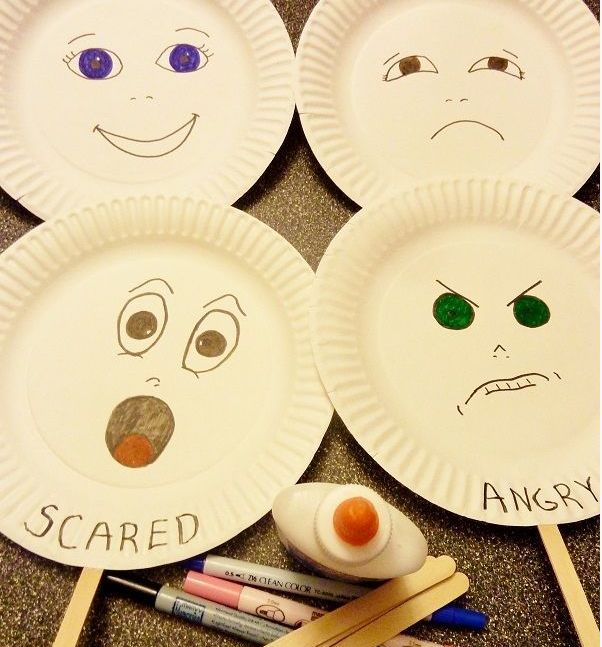 32 841.92] /Contents 168 0 R /group> /Tabs /S /StructParents 62 >> endobj 47 0 obj > /ExtGState> /ProcSet [/PDF /Text /ImageB /ImageC /ImageI] >> /MediaBox[0 0 595.32 841.92] /Contents 169 0 R /group> /Tabs /S /StructParents 63 >> endobj 48 0 obj > /ExtGState> /ProcSet [/PDF /Text /ImageB /ImageC /ImageI] >> /MediaBox [0 0 595.32 841.92] /Contents 170 0 R /group> /Tabs /S /StructParents 64 >> endobj 49 0 obj > /ExtGState> /ProcSet [/PDF /Text /ImageB /ImageC /ImageI] >> /MediaBox [0 0 595.32 841.92] /Contents 171 0 R /group> /Tabs /S /StructParents 65 >> endobj 50 0 obj > /ExtGState> /ProcSet [/PDF /Text /ImageB /ImageC /ImageI] >> /MediaBox[0 0 595.32 841.92] /Contents 172 0R /group> /Tabs /S /StructParents 66 >> endobj 51 0 obj > /ExtGState> /ProcSet [/PDF /Text /ImageB /ImageC /ImageI] >> /MediaBox [0 0 595.32 841.92] /Contents 173 0R /group> /Tabs /S /StructParents 67 >> endobj 52 0 obj > /ExtGState> /ProcSet [/PDF /Text /ImageB /ImageC /ImageI] >> /MediaBox [0 0 595.32 841.92] /Contents 174 0R /group> /Tabs /S /StructParents 68 >> endobj 53 0 obj > /ExtGState> /ProcSet [/PDF /Text /ImageB /ImageC /ImageI] >> /MediaBox[0 0 595.
32 841.92] /Contents 168 0 R /group> /Tabs /S /StructParents 62 >> endobj 47 0 obj > /ExtGState> /ProcSet [/PDF /Text /ImageB /ImageC /ImageI] >> /MediaBox[0 0 595.32 841.92] /Contents 169 0 R /group> /Tabs /S /StructParents 63 >> endobj 48 0 obj > /ExtGState> /ProcSet [/PDF /Text /ImageB /ImageC /ImageI] >> /MediaBox [0 0 595.32 841.92] /Contents 170 0 R /group> /Tabs /S /StructParents 64 >> endobj 49 0 obj > /ExtGState> /ProcSet [/PDF /Text /ImageB /ImageC /ImageI] >> /MediaBox [0 0 595.32 841.92] /Contents 171 0 R /group> /Tabs /S /StructParents 65 >> endobj 50 0 obj > /ExtGState> /ProcSet [/PDF /Text /ImageB /ImageC /ImageI] >> /MediaBox[0 0 595.32 841.92] /Contents 172 0R /group> /Tabs /S /StructParents 66 >> endobj 51 0 obj > /ExtGState> /ProcSet [/PDF /Text /ImageB /ImageC /ImageI] >> /MediaBox [0 0 595.32 841.92] /Contents 173 0R /group> /Tabs /S /StructParents 67 >> endobj 52 0 obj > /ExtGState> /ProcSet [/PDF /Text /ImageB /ImageC /ImageI] >> /MediaBox [0 0 595.32 841.92] /Contents 174 0R /group> /Tabs /S /StructParents 68 >> endobj 53 0 obj > /ExtGState> /ProcSet [/PDF /Text /ImageB /ImageC /ImageI] >> /MediaBox[0 0 595.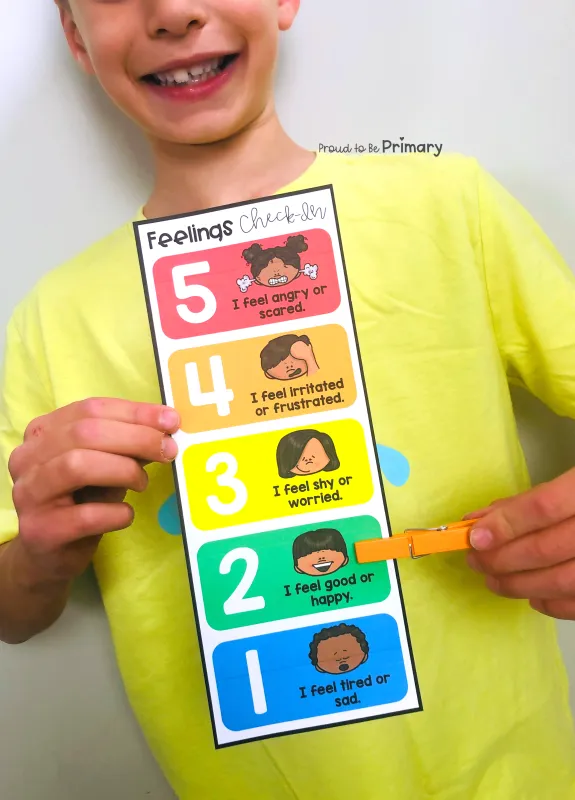 32 841.92] /Contents 175 0 R /group> /Tabs /S /StructParents 69 >> endobj 54 0 obj > /ExtGState> /ProcSet [/PDF /Text /ImageB /ImageC /ImageI] >> /MediaBox [0 0 595.32 841.92] /Contents 176 0 R /group> /Tabs /S /StructParents 70 >> endobj 55 0 obj > /ExtGState> /ProcSet [/PDF /Text /ImageB /ImageC /ImageI] >> /MediaBox [0 0 595.32 841.92] /Contents 177 0R /group> /Tabs /S /StructParents 71 >> endobj 56 0 obj > /ExtGState> /ProcSet [/PDF /Text /ImageB /ImageC /ImageI] >> /MediaBox[0 0 595.32 841.92] /Contents 178 0 R /group> /Tabs /S /StructParents 72 >> endobj 57 0 obj > /ExtGState> /ProcSet [/PDF /Text /ImageB /ImageC /ImageI] >> /MediaBox [0 0 595.32 841.92] /Contents 179 0 R /group> /Tabs /S /StructParents 73 >> endobj 58 0 obj > /ExtGState> /ProcSet [/PDF /Text /ImageB /ImageC /ImageI] >> /MediaBox [0 0 595.32 841.92] /Contents 180 0 R /group> /Tabs /S /StructParents 74 >> endobj 59 0 obj > /ExtGState> /ProcSet [/PDF /Text /ImageB /ImageC /ImageI] >> /MediaBox[0 0 595.32 841.92] /Contents 181 0 R /group> /Tabs /S /StructParents 75 >> endobj 60 0 obj > /ExtGState> /ProcSet [/PDF /Text /ImageB /ImageC /ImageI] >> /MediaBox [0 0 595.
32 841.92] /Contents 175 0 R /group> /Tabs /S /StructParents 69 >> endobj 54 0 obj > /ExtGState> /ProcSet [/PDF /Text /ImageB /ImageC /ImageI] >> /MediaBox [0 0 595.32 841.92] /Contents 176 0 R /group> /Tabs /S /StructParents 70 >> endobj 55 0 obj > /ExtGState> /ProcSet [/PDF /Text /ImageB /ImageC /ImageI] >> /MediaBox [0 0 595.32 841.92] /Contents 177 0R /group> /Tabs /S /StructParents 71 >> endobj 56 0 obj > /ExtGState> /ProcSet [/PDF /Text /ImageB /ImageC /ImageI] >> /MediaBox[0 0 595.32 841.92] /Contents 178 0 R /group> /Tabs /S /StructParents 72 >> endobj 57 0 obj > /ExtGState> /ProcSet [/PDF /Text /ImageB /ImageC /ImageI] >> /MediaBox [0 0 595.32 841.92] /Contents 179 0 R /group> /Tabs /S /StructParents 73 >> endobj 58 0 obj > /ExtGState> /ProcSet [/PDF /Text /ImageB /ImageC /ImageI] >> /MediaBox [0 0 595.32 841.92] /Contents 180 0 R /group> /Tabs /S /StructParents 74 >> endobj 59 0 obj > /ExtGState> /ProcSet [/PDF /Text /ImageB /ImageC /ImageI] >> /MediaBox[0 0 595.32 841.92] /Contents 181 0 R /group> /Tabs /S /StructParents 75 >> endobj 60 0 obj > /ExtGState> /ProcSet [/PDF /Text /ImageB /ImageC /ImageI] >> /MediaBox [0 0 595.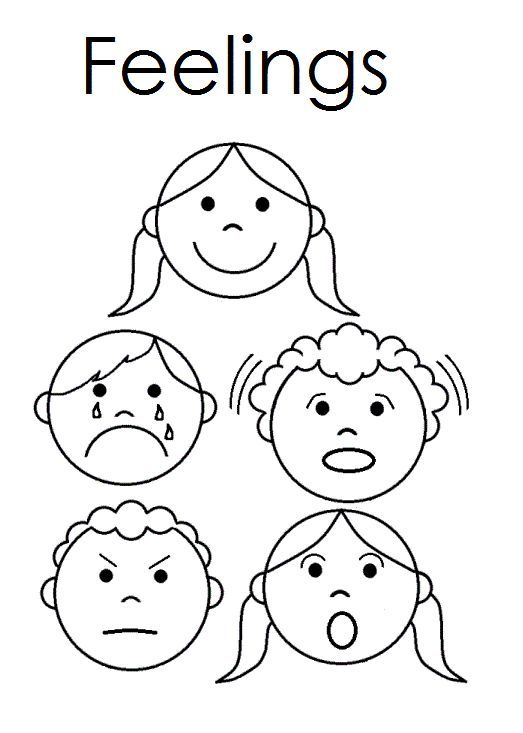 32 841.92] /Contents 182 0 R /group> /Tabs /S /StructParents 76 >> endobj 61 0 obj > /ExtGState> /ProcSet [/PDF /Text /ImageB /ImageC /ImageI] >> /MediaBox [0 0 595.32 841.92] /Contents 183 0 R /group> /Tabs /S /StructParents 77 >> endobj 62 0 obj > /ExtGState> /ProcSet [/PDF /Text /ImageB /ImageC /ImageI] >> /MediaBox[0 0 595.32 841.92] /Contents 184 0 R /group> /Tabs /S /StructParents 78 >> endobj 63 0 obj > /ExtGState> /ProcSet [/PDF /Text /ImageB /ImageC /ImageI] >> /MediaBox [0 0 595.32 841.92] /Contents 185 0 R /group> /Tabs /S /StructParents 79 >> endobj 64 0 obj > /ExtGState> /ProcSet [/PDF /Text /ImageB /ImageC /ImageI] >> /Annots [186 0 R 187 0 R] /MediaBox [0 0 595.32 841.92] /Contents 188 0 R /group> /Tabs /S /StructParents 80 >> endobj 65 0 obj > /ExtGState> /ProcSet [/PDF /Text /ImageB /ImageC /ImageI] >> /annotations[1890 R 190 0 R 191 0 R] /MediaBox [0 0 595.32 841.92] /Contents 192 0R /group> /Tabs /S /StructParents 84 >> endobj 66 0 obj > /ExtGState> /ProcSet [/PDF /Text /ImageB /ImageC /ImageI] >> /MediaBox [0 0 595.
32 841.92] /Contents 182 0 R /group> /Tabs /S /StructParents 76 >> endobj 61 0 obj > /ExtGState> /ProcSet [/PDF /Text /ImageB /ImageC /ImageI] >> /MediaBox [0 0 595.32 841.92] /Contents 183 0 R /group> /Tabs /S /StructParents 77 >> endobj 62 0 obj > /ExtGState> /ProcSet [/PDF /Text /ImageB /ImageC /ImageI] >> /MediaBox[0 0 595.32 841.92] /Contents 184 0 R /group> /Tabs /S /StructParents 78 >> endobj 63 0 obj > /ExtGState> /ProcSet [/PDF /Text /ImageB /ImageC /ImageI] >> /MediaBox [0 0 595.32 841.92] /Contents 185 0 R /group> /Tabs /S /StructParents 79 >> endobj 64 0 obj > /ExtGState> /ProcSet [/PDF /Text /ImageB /ImageC /ImageI] >> /Annots [186 0 R 187 0 R] /MediaBox [0 0 595.32 841.92] /Contents 188 0 R /group> /Tabs /S /StructParents 80 >> endobj 65 0 obj > /ExtGState> /ProcSet [/PDF /Text /ImageB /ImageC /ImageI] >> /annotations[1890 R 190 0 R 191 0 R] /MediaBox [0 0 595.32 841.92] /Contents 192 0R /group> /Tabs /S /StructParents 84 >> endobj 66 0 obj > /ExtGState> /ProcSet [/PDF /Text /ImageB /ImageC /ImageI] >> /MediaBox [0 0 595.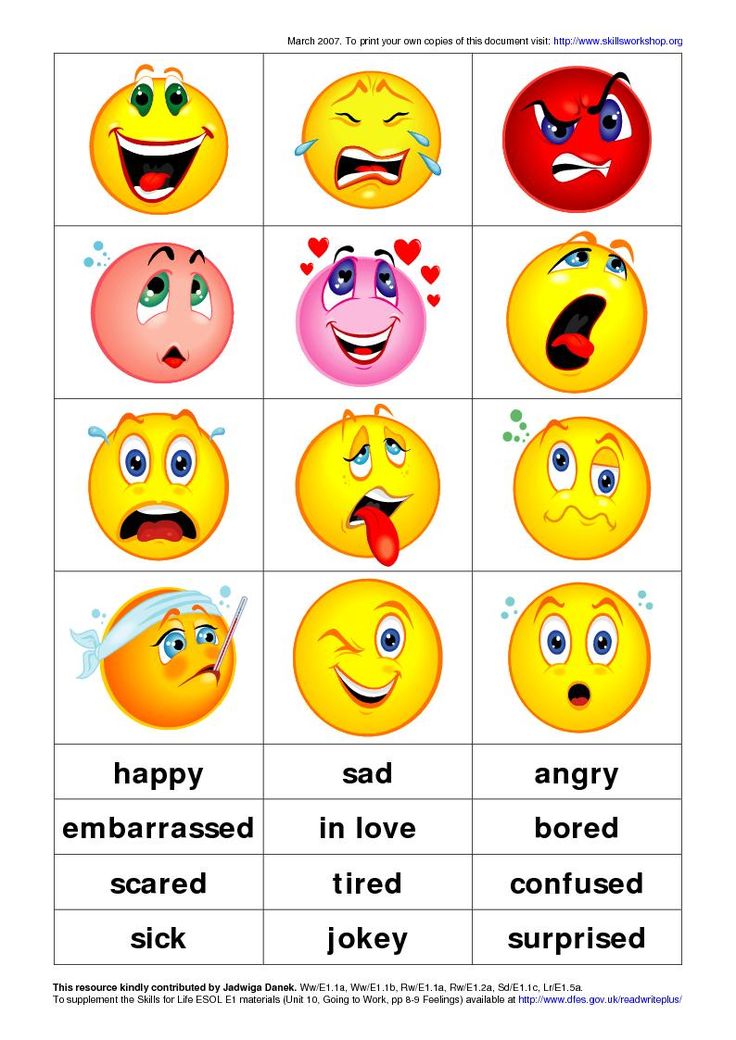 32 841.92] /Contents 193 0 R /group> /Tabs /S /StructParents 87 >> endobj 67 0 obj > /ExtGState> /ProcSet [/PDF /Text /ImageB /ImageC /ImageI] >> /Annots [194 0 R 195 0 R 196 0 R 197 0 R 198 0 R 199 0 R 200 0 R] /MediaBox [0 0 595.32 841.92] /Contents 201 0 R /group> /Tabs /S /StructParents 88 >> endobj 68 0 obj > /ExtGState> /ProcSet [/PDF /Text /ImageB /ImageC /ImageI] >> /MediaBox[0 0 595.32 841.92] /Contents 203 0 R /group> /Tabs /S /StructParents 96 >> endobj 69 0 obj > /ExtGState> /ProcSet [/PDF /Text /ImageB /ImageC /ImageI] >> /MediaBox [0 0 595.32 841.92] /Contents 204 0 R /group> /Tabs /S /StructParents 97 >> endobj 70 0 obj > /ExtGState> /ProcSet [/PDF /Text /ImageB /ImageC /ImageI] >> /MediaBox [0 0 595.32 841.92] /Contents 205 0 R /group> /Tabs /S /StructParents 98 >> endobj 71 0 obj > /ExtGState> /ProcSet [/PDF /Text /ImageB /ImageC /ImageI] >> /MediaBox[0 0 595.32 841.92] /Contents 206 0 R /group> /Tabs /S /StructParents 99 >> endobj 72 0 obj > /ExtGState> /ProcSet [/PDF /Text /ImageB /ImageC /ImageI] >> /MediaBox [0 0 595.
32 841.92] /Contents 193 0 R /group> /Tabs /S /StructParents 87 >> endobj 67 0 obj > /ExtGState> /ProcSet [/PDF /Text /ImageB /ImageC /ImageI] >> /Annots [194 0 R 195 0 R 196 0 R 197 0 R 198 0 R 199 0 R 200 0 R] /MediaBox [0 0 595.32 841.92] /Contents 201 0 R /group> /Tabs /S /StructParents 88 >> endobj 68 0 obj > /ExtGState> /ProcSet [/PDF /Text /ImageB /ImageC /ImageI] >> /MediaBox[0 0 595.32 841.92] /Contents 203 0 R /group> /Tabs /S /StructParents 96 >> endobj 69 0 obj > /ExtGState> /ProcSet [/PDF /Text /ImageB /ImageC /ImageI] >> /MediaBox [0 0 595.32 841.92] /Contents 204 0 R /group> /Tabs /S /StructParents 97 >> endobj 70 0 obj > /ExtGState> /ProcSet [/PDF /Text /ImageB /ImageC /ImageI] >> /MediaBox [0 0 595.32 841.92] /Contents 205 0 R /group> /Tabs /S /StructParents 98 >> endobj 71 0 obj > /ExtGState> /ProcSet [/PDF /Text /ImageB /ImageC /ImageI] >> /MediaBox[0 0 595.32 841.92] /Contents 206 0 R /group> /Tabs /S /StructParents 99 >> endobj 72 0 obj > /ExtGState> /ProcSet [/PDF /Text /ImageB /ImageC /ImageI] >> /MediaBox [0 0 595.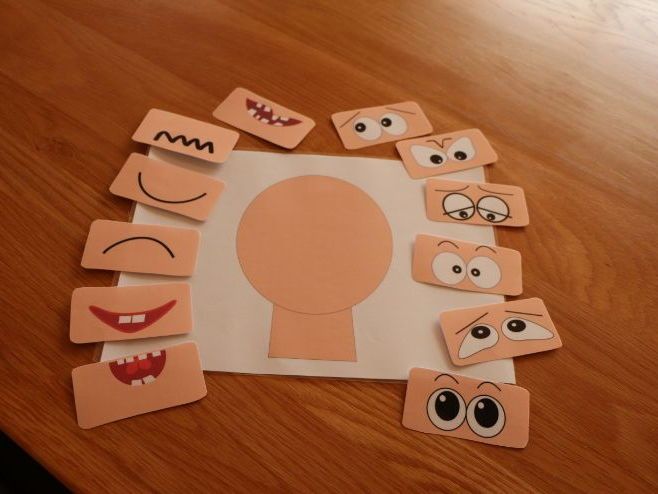 32 841.92] /Contents 207 0 R /group> /Tabs /S /StructParents 100 >> endobj 73 0 obj > /ExtGState> /ProcSet [/PDF /Text /ImageB /ImageC /ImageI] >> /MediaBox [0 0 595.32 841.92] /Contents 208 0 R /group> /Tabs /S /StructParents 101 >> endobj 74 0 obj > /ExtGState> /ProcSet [/PDF /Text /ImageB /ImageC /ImageI] >> /MediaBox[0 0 595.32 841.92] /Contents 209 0 R /group> /Tabs /S /StructParents 102 >> endobj 75 0 obj > /ExtGState> /ProcSet [/PDF /Text /ImageB /ImageC /ImageI] >> /MediaBox [0 0 595.32 841.92] /Contents 210 0 R /group> /Tabs /S /StructParents 103 >> endobj 76 0 obj > /ExtGState> /ProcSet [/PDF /Text /ImageB /ImageC /ImageI] >> /MediaBox [0 0 595.32 841.92] /Contents 211 0 R /group> /Tabs /S /StructParents 104 >> endobj 77 0 obj > /ExtGState> /ProcSet [/PDF /Text /ImageB /ImageC /ImageI] >> /MediaBox[0 0 595.32 841.92] /Contents 212 0 R /group> /Tabs /S /StructParents 105 >> endobj 78 0 obj > /ExtGState> /ProcSet [/PDF /Text /ImageB /ImageC /ImageI] >> /MediaBox [0 0 595.32 841.
32 841.92] /Contents 207 0 R /group> /Tabs /S /StructParents 100 >> endobj 73 0 obj > /ExtGState> /ProcSet [/PDF /Text /ImageB /ImageC /ImageI] >> /MediaBox [0 0 595.32 841.92] /Contents 208 0 R /group> /Tabs /S /StructParents 101 >> endobj 74 0 obj > /ExtGState> /ProcSet [/PDF /Text /ImageB /ImageC /ImageI] >> /MediaBox[0 0 595.32 841.92] /Contents 209 0 R /group> /Tabs /S /StructParents 102 >> endobj 75 0 obj > /ExtGState> /ProcSet [/PDF /Text /ImageB /ImageC /ImageI] >> /MediaBox [0 0 595.32 841.92] /Contents 210 0 R /group> /Tabs /S /StructParents 103 >> endobj 76 0 obj > /ExtGState> /ProcSet [/PDF /Text /ImageB /ImageC /ImageI] >> /MediaBox [0 0 595.32 841.92] /Contents 211 0 R /group> /Tabs /S /StructParents 104 >> endobj 77 0 obj > /ExtGState> /ProcSet [/PDF /Text /ImageB /ImageC /ImageI] >> /MediaBox[0 0 595.32 841.92] /Contents 212 0 R /group> /Tabs /S /StructParents 105 >> endobj 78 0 obj > /ExtGState> /ProcSet [/PDF /Text /ImageB /ImageC /ImageI] >> /MediaBox [0 0 595.32 841.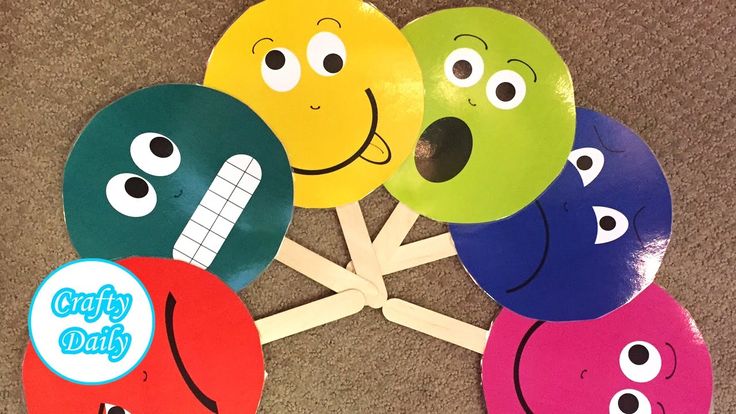 92] /Contents 213 0R /group> /Tabs /S /StructParents 106 >> endobj 79 0 obj > /ExtGState> /ProcSet [/PDF /Text /ImageB /ImageC /ImageI] >> /MediaBox [0 0 595.32 841.92] /Contents 214 0R /group> /Tabs /S /StructParents 107 >> endobj 80 0 obj > /ExtGState> /ProcSet [/PDF /Text /ImageB /ImageC /ImageI] >> /MediaBox[0 0 595.32 841.92] /Contents 215 0 R /group> /Tabs /S /StructParents 108 >> endobj 81 0 obj > /ExtGState> /ProcSet [/PDF /Text /ImageB /ImageC /ImageI] >> /MediaBox [0 0 595.32 841.92] /Contents 216 0 R /group> /Tabs /S /StructParents 109 >> endobj 82 0 obj > /ExtGState> /ProcSet [/PDF /Text /ImageB /ImageC /ImageI] >> /MediaBox [0 0 595.32 841.92] /Contents 217 0 R /group> /Tabs /S /StructParents 110 >> endobj 83 0 obj > /ExtGState> /ProcSet [/PDF /Text /ImageB /ImageC /ImageI] >> /MediaBox[0 0 595.32 841.92] /Contents 218 0 R /group> /Tabs /S /StructParents 111 >> endobj 84 0 obj > /ExtGState> /ProcSet [/PDF /Text /ImageB /ImageC /ImageI] >> /MediaBox [0 0 595.32 841.92] /Contents 219 0 R /group> /Tabs /S /StructParents 112 >> endobj 85 0 obj > /XObject> /ProcSet [/PDF /Text /ImageB /ImageC /ImageI] >> /MediaBox [0 0 595.
92] /Contents 213 0R /group> /Tabs /S /StructParents 106 >> endobj 79 0 obj > /ExtGState> /ProcSet [/PDF /Text /ImageB /ImageC /ImageI] >> /MediaBox [0 0 595.32 841.92] /Contents 214 0R /group> /Tabs /S /StructParents 107 >> endobj 80 0 obj > /ExtGState> /ProcSet [/PDF /Text /ImageB /ImageC /ImageI] >> /MediaBox[0 0 595.32 841.92] /Contents 215 0 R /group> /Tabs /S /StructParents 108 >> endobj 81 0 obj > /ExtGState> /ProcSet [/PDF /Text /ImageB /ImageC /ImageI] >> /MediaBox [0 0 595.32 841.92] /Contents 216 0 R /group> /Tabs /S /StructParents 109 >> endobj 82 0 obj > /ExtGState> /ProcSet [/PDF /Text /ImageB /ImageC /ImageI] >> /MediaBox [0 0 595.32 841.92] /Contents 217 0 R /group> /Tabs /S /StructParents 110 >> endobj 83 0 obj > /ExtGState> /ProcSet [/PDF /Text /ImageB /ImageC /ImageI] >> /MediaBox[0 0 595.32 841.92] /Contents 218 0 R /group> /Tabs /S /StructParents 111 >> endobj 84 0 obj > /ExtGState> /ProcSet [/PDF /Text /ImageB /ImageC /ImageI] >> /MediaBox [0 0 595.32 841.92] /Contents 219 0 R /group> /Tabs /S /StructParents 112 >> endobj 85 0 obj > /XObject> /ProcSet [/PDF /Text /ImageB /ImageC /ImageI] >> /MediaBox [0 0 595.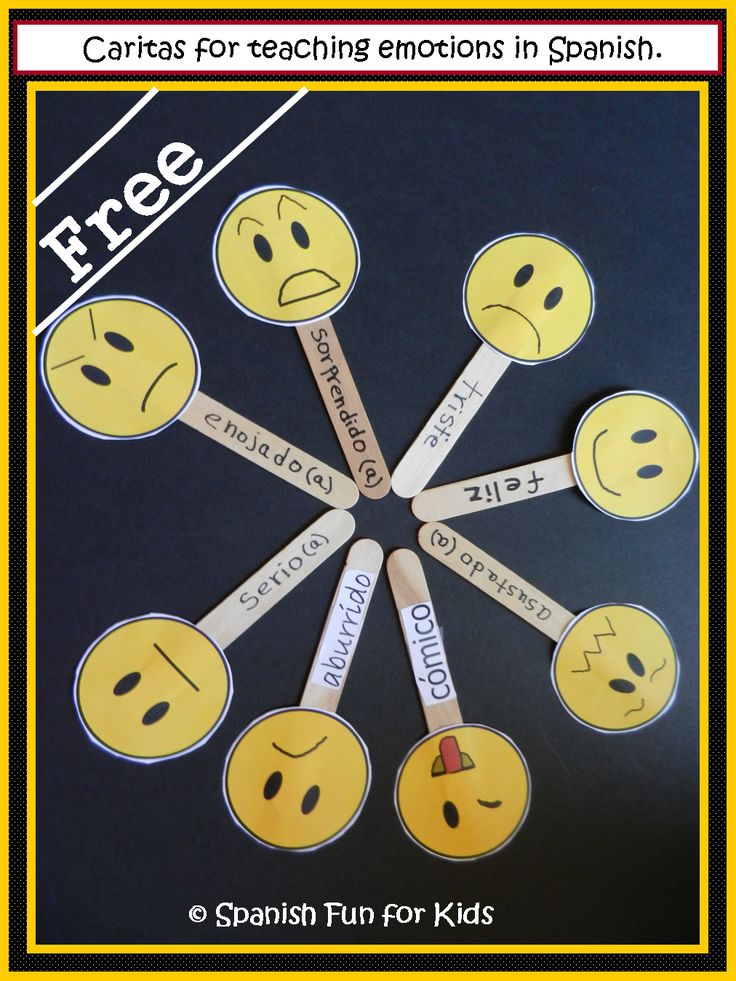 32 841.92] /Contents 221 0 R /group> /Tabs /S /StructParents 113 >> endobj 86 0 obj > /XObject> /ProcSet [/PDF /Text /ImageB /ImageC /ImageI] >> /MediaBox[0 0 595.32 841.92] /Contents 223 0R /group> /Tabs /S /StructParents 114 >> endobj 87 0 obj > endobj 88 0 obj > endobj 89 0 obj > endobj 90 0 obj > endobj 91 0 obj > endobj 92 0 obj > endobj 93 0 obj > endobj 94 0 obj > endobj 95 0 obj > endobj 96 0 obj > endobj 97 0 obj > endobj 98 0 obj > endobj 99 0 obj > stream x
32 841.92] /Contents 221 0 R /group> /Tabs /S /StructParents 113 >> endobj 86 0 obj > /XObject> /ProcSet [/PDF /Text /ImageB /ImageC /ImageI] >> /MediaBox[0 0 595.32 841.92] /Contents 223 0R /group> /Tabs /S /StructParents 114 >> endobj 87 0 obj > endobj 88 0 obj > endobj 89 0 obj > endobj 90 0 obj > endobj 91 0 obj > endobj 92 0 obj > endobj 93 0 obj > endobj 94 0 obj > endobj 95 0 obj > endobj 96 0 obj > endobj 97 0 obj > endobj 98 0 obj > endobj 99 0 obj > stream x Emotional intelligence of a child. How to develop in preschool children
At present, much attention is paid to the intellectual development of children - there are many programs for early education, mastery of counting, reading, English from an early age. But, it has long been proven that artificial learning is not only harmful to the child, but also dangerous. In pursuit of their own ambitions, parents miss such an important aspect as the development of emotional intelligence. And if everything is quite simple with writing, reading and counting, then the formation of the emotional sphere is a more complex process, and therefore is an important component of the harmonious development of the child.
Emotional intelligence is a person's ability to recognize and correctly express their emotions, as well as understand the feelings of other people.
Why develop emotional intelligence in children
1. Management of own behavior
is permissible, a favorite toy was selected from the child. In response, he begins to scream, cry, maybe even get into a fight. Why? Because he experiences emotions - resentment, sadness, anger.
When a child does not understand his feelings, he simply reacts to the situation. However, when he understands what he feels, he begins to "decide". A child, like any adult, before starting to correct, needs to understand his attitude to what happened.
When a child knows himself - his reactions to various events, preferences, when he understands his mood and attitude to what is happening, it becomes much easier for him to regulate his behavior.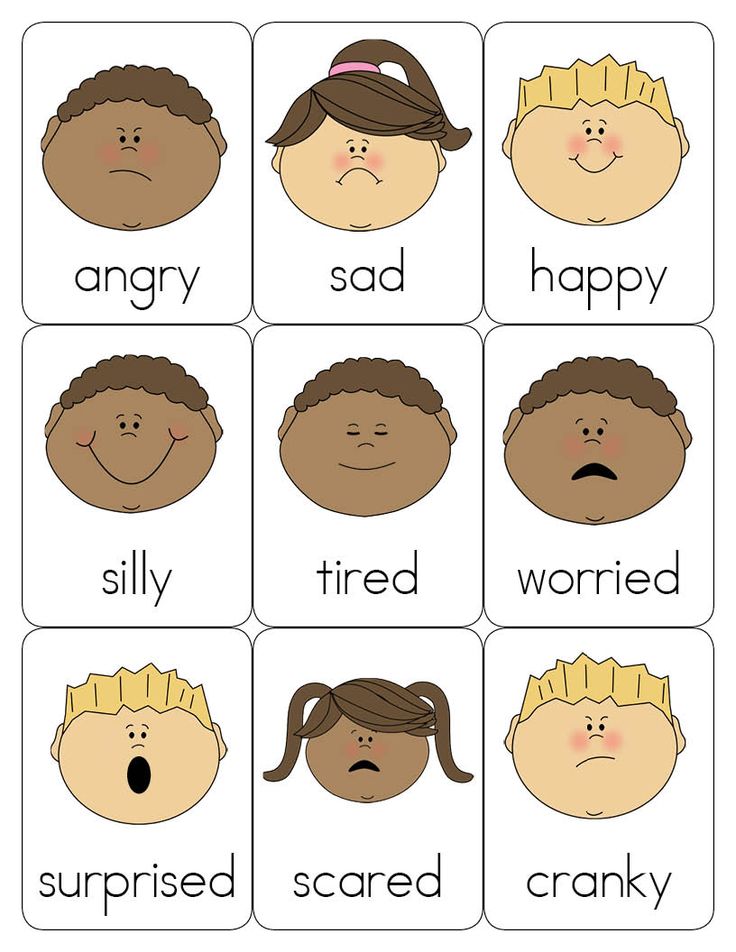
2. Understanding other people's feelings
The child learns to understand other people's feelings through the experience of "living" his feelings, observing his own reaction. Why is it important?
First of all, understanding others contributes to the development of communication competence - the ability to find a common language, establish and maintain contacts.
Empathy develops. Acceptance of other people's feelings, conscious empathy and sympathy contributes to the formation of a close internal connection with relatives and friends, and is an invariable part of a successful family life in the future.
Understanding the feelings of others is necessary for the formation of responsibility, because it allows you to predict the consequences of your actions - both for others and for yourself.
How to develop emotional intelligence in a child
Almost all children are born emotionally open and, as the baby grows up, the level of emotional intelligence develops and improves along with gross and fine motor skills, hearing, speech, memory and other processes.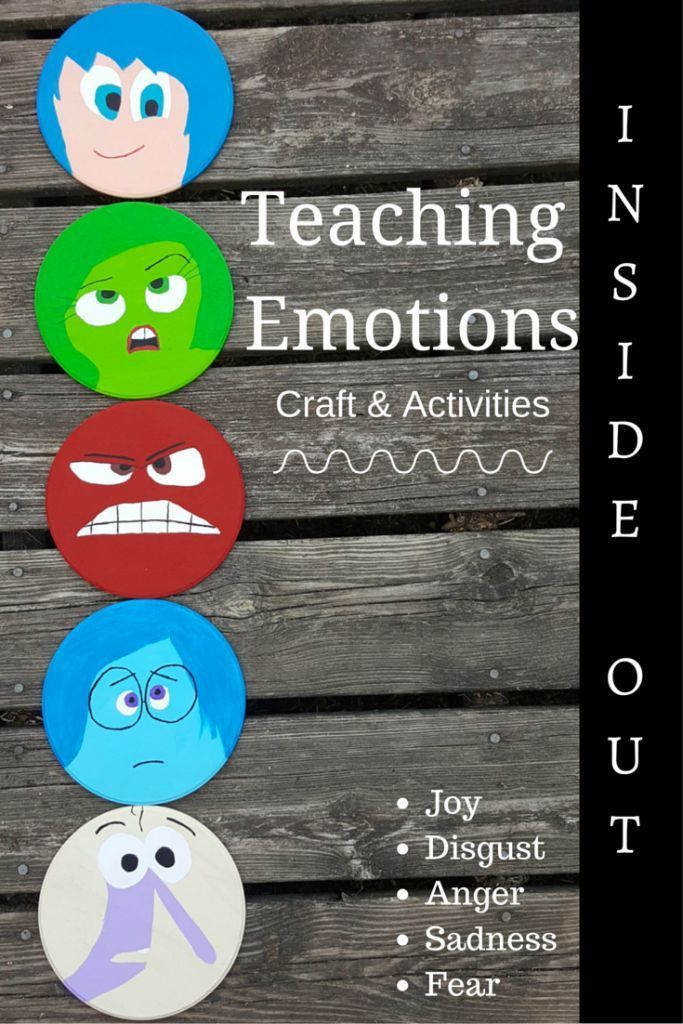
Parents are directly involved in the development of the child's emotional intelligence. The main goal of an adult is to teach a child to live in harmony with himself, to accept the whole range of feelings - love, joy, pride, envy, jealousy, anger, fear. And there is no need to divide emotions into bad and good, because they all have a place to be in the human soul.
First emotions
Remember your first games with your baby. The game "cuckoo" is nothing more than a child's reaction to the feelings and emotions of an adult - the more fun the intonation and the mother's face peeking out from behind her hands, the more children's laughter.
Hunger and colic introduce the baby to such emotions as fear, pain, love, trust, confusion, despair. And the task of the parent here is to answer them in such a way that the child feels needed, significant and heard. It is in this case that the development of emotional intelligence in a harmonious direction takes place.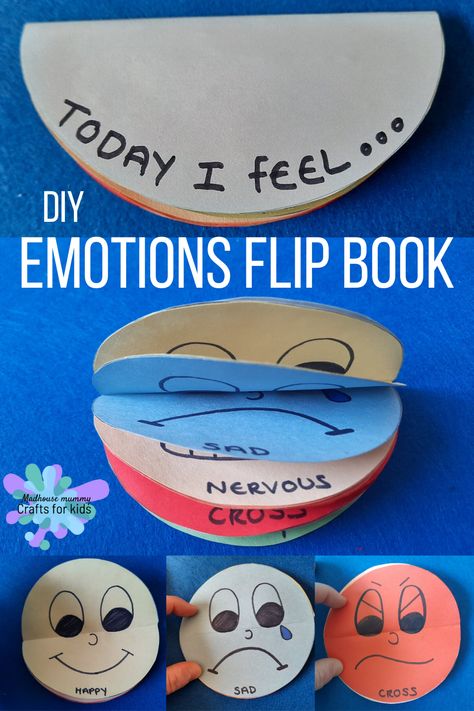
Reflection of the child's feelings
The first and basic skill of emotional intelligence is understanding your emotions. To help your child learn to understand himself, speak out loud the emotions he is experiencing. After all, when the baby is happy, angry or afraid, he still does not know that each of his states has a specific name. Being aware of them over and over again, the baby understands that feelings are different and he has the right to each of them.
“Looks like you are having a lot of fun right now”
“You are as happy as a sunbeam now”
“Your toy is broken and you are very upset”
“I can see that you are very confused”
“Probably you are now angry like a formidable lion”
Feelings can be compared with fairy-tale heroes, animals, natural phenomena, sculpt and draw them - everything that can tell about emotions is useful for developing the first stage of emotional intelligence - understanding oneself.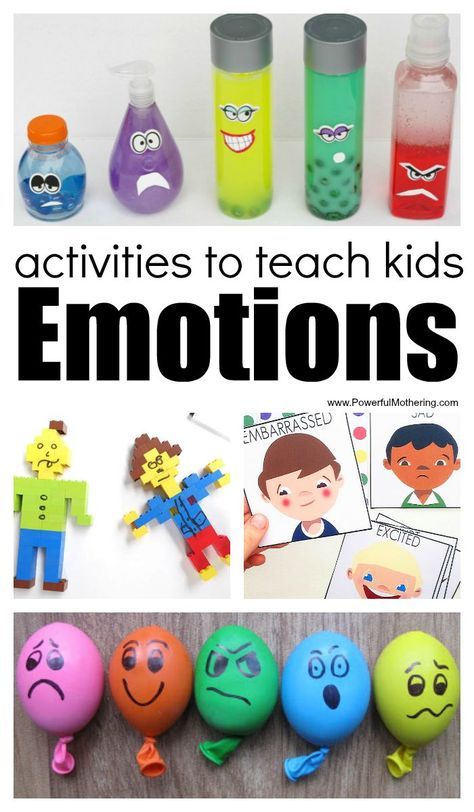
Show your feelings
A parent is a role model for a child. When a child observes an adult, he begins to understand how to handle his feelings. He needs to see an adult not only joyful and happy, but also tired, upset, sometimes angry, in other words, natural. Therefore, it is important for the parent, first of all, not to be afraid to be “real”, so that the child can recognize himself with all his weaknesses and peculiarities.
By showing your feelings, you, as a role model, give the child the right to experience all the variety of emotions, teach them to express them in an acceptable way.
Voice your emotions as you would your child:
“I am so proud of your hobbies”
“I am happy when you are happy”
“Now I am very angry because of the paint spilled on the carpet”
"I get angry when they don't listen to me"
Encourage the child to analyze his condition
When the child develops speech and the opportunity to conduct a dialogue, you can begin to pronounce emotions through alternative questions:
“Are you happy or sad?”
"Interesting or boring?"
For a seemingly simple “Yes” or “No” answer, the baby does a great job of listening to himself, recognizing emotions and analyzing the way they are expressed.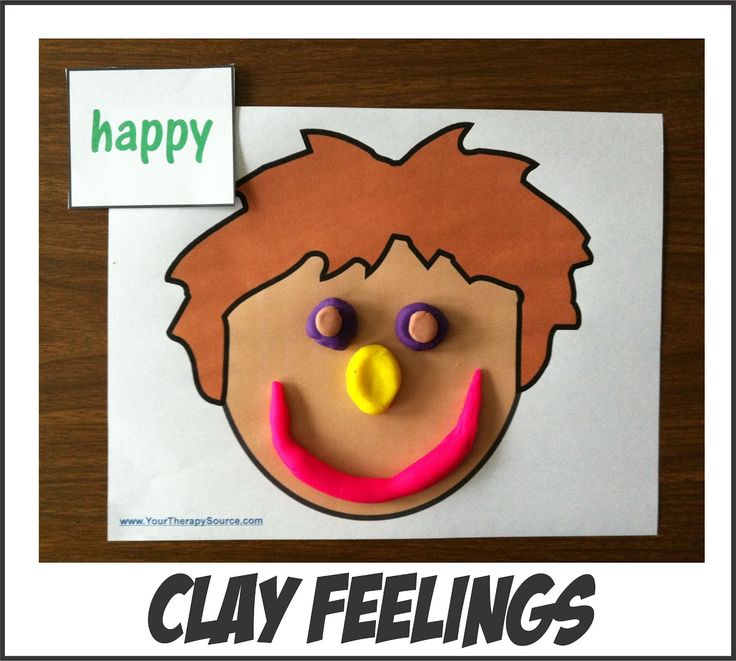 It is this process that is responsible for the development of the emotional intelligence of the child.
It is this process that is responsible for the development of the emotional intelligence of the child.
Having dealt with opposite emotions, it will be possible to move on to close options, asking the baby whether he is offended or angry, feels joy or delight, sadness or disappointment.
And, finally, having become acquainted with various emotional shades, having learned to recognize and live them, the child himself will be able to answer the question “What do you feel?”.
Emotional intelligence in preschool children
At whatever age adults begin to develop emotional intelligence in a child, the algorithm for its formation will be the same - it is important that acquaintance with the world of emotions proceeds gradually, from simple to complex:
Tell your child about feelings and emotions, speak them out loud, visually show emotional manifestations through various games and conversations.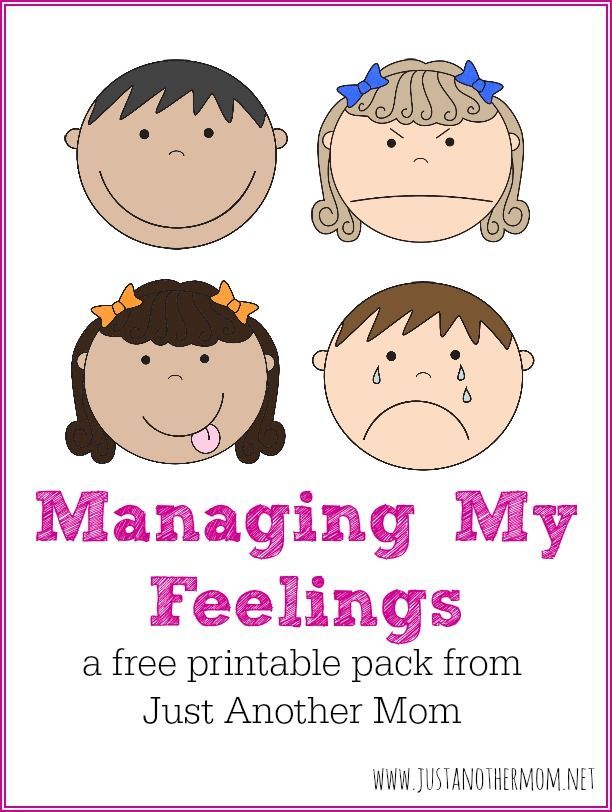
Learn to recognize the feelings and emotions you experience by offering a comparison:
- feelings far in meaning (joy - sadness, anger - jubilation, envy - delight, hatred - love, etc.)
- feelings close in meaning (boredom - sadness, resentment - anger, love - tenderness, joy - delight, anger - irritation and others)
Encourage your child to express their own feelings and emotions. Be interested in how the child feels in various life situations.
Games for the development of emotional intelligence in children
There are many games to help a child learn all the variety of emotions, learn to recognize and express in words their own and other people's feelings. Here are some of them:
Animal play
Ask the child to imagine an animal and react emotionally to it. Let him give the name of his emotion and explain the reason for its occurrence.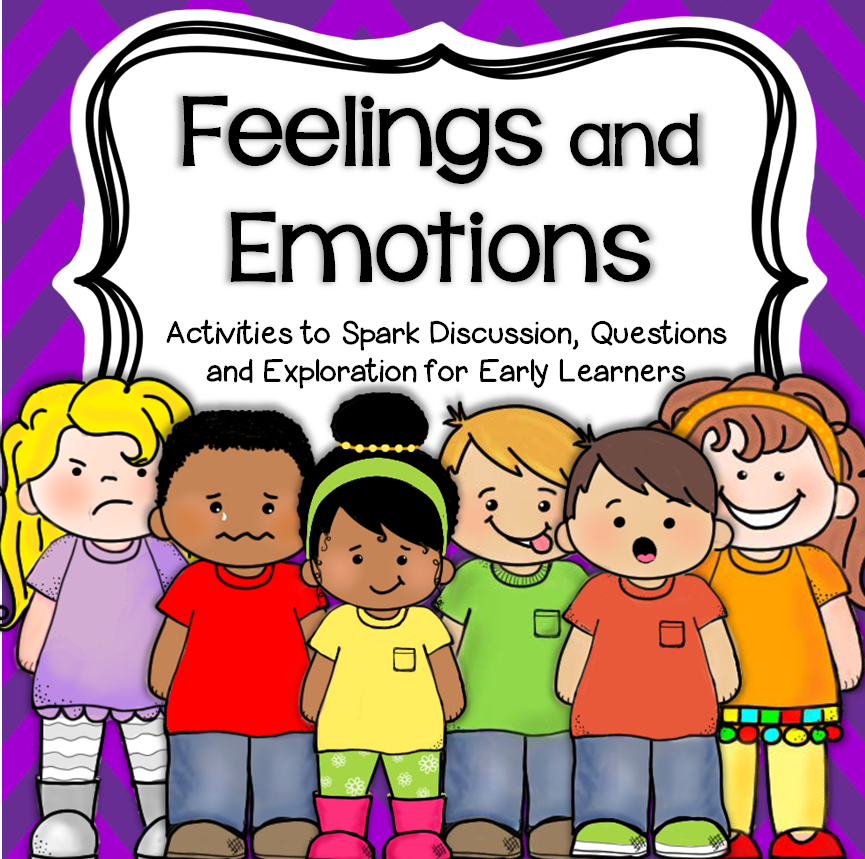 For example, joy, because the dog wags its tail and fawns. Or fear, because the lion is big and roars.
For example, joy, because the dog wags its tail and fawns. Or fear, because the lion is big and roars.
Playing with a ball
When throwing a ball to a child, say: “I am happy when...”, then in turn voice the options: “...eating ice cream, the sun is shining, walking in the zoo, mom is smiling” . The more options you have, the better. Watch out for repetition. Then continue the game with other emotions: I am sad, angry, surprised, scared, interested, ashamed, etc.
Pictogram game
For this game you will need pictograms - cards with the image of emotions. Turn them face down. Let the child take one of them and, without showing it to others, depict the drawn emotion. The guesser draws the next card.
Magic bag game
This game is aimed at understanding one's emotional state and getting rid of negative emotions. Before starting it, ask the child what he feels at the moment, for example, he is offended by someone.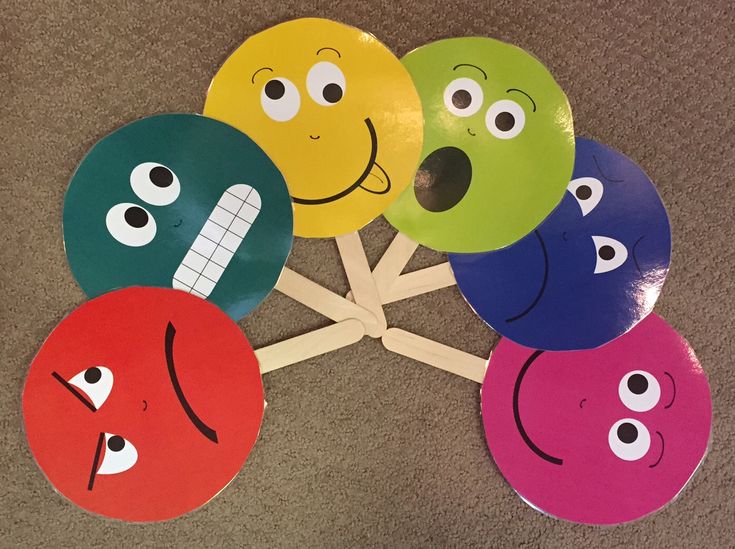 Offer to put all negative emotions into a magic bag - resentment, annoyance, anger, sadness. Tie this bag tightly and put it away. Then take another magic bag and ask the child to take from it any positive feelings that he wants.
Offer to put all negative emotions into a magic bag - resentment, annoyance, anger, sadness. Tie this bag tightly and put it away. Then take another magic bag and ask the child to take from it any positive feelings that he wants.
If a parent is emotionally closed
Parents often face their own emotional closeness, which, of course, affects the development of the child's emotional intelligence. An adult is not ready to understand and accept the emotions of a child, because he does not recognize them in himself. And therefore, he is ready to do everything to ensure that the child behaves “well” and calmly - rejoices more quietly, has more restrained fun. In this case, the true meaning of "good behavior" is comfortable behavior.
Such calm behavior blocks the child's feelings. The child understands that crying, getting angry, being offended is not good and pushes out such feelings - at first he stops showing them, then he stops being aware.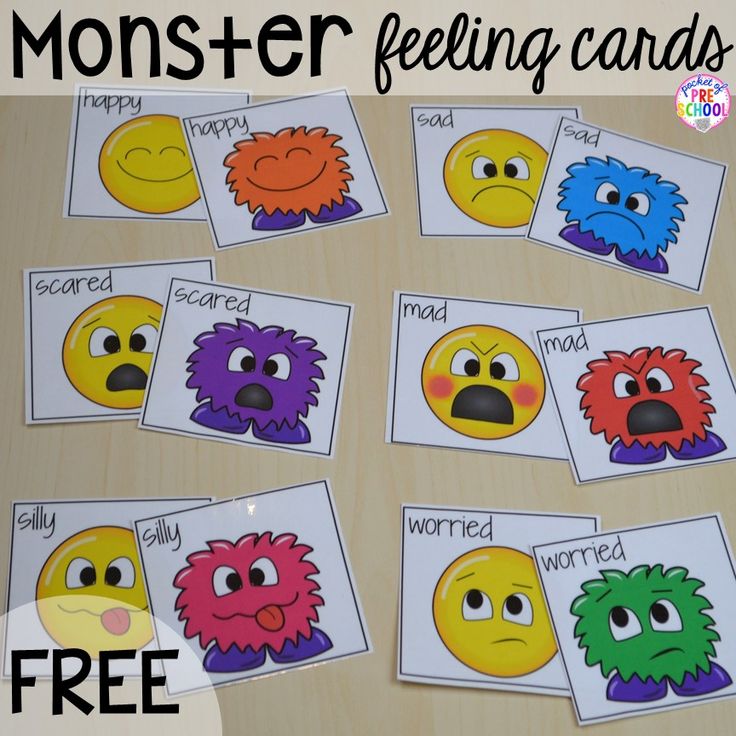
Blocking such unpleasant experiences as resentment, fear, envy, sadness, anger can lead to both communication problems and mental disorders (obsessions, emotional breakdowns, psychosomatic illnesses, unexpected fears).
A person feels happy only when he understands and recognizes all his feelings, knows how to manage them and live them. There are no good or bad emotions - each of them is important for an adequate assessment of what is happening, effective communication, motivation, and a high quality of life. Emotional maturity allows you to "breathe deeply."
Therefore, if the form of expression of an adult's feelings or their intensity is a problem, this must be dealt with. This is equally important for the harmonious development of the emotional sphere of both the child and the parent himself.
Doubt your level of emotional openness?
A simple test will help determine it. Recall a recent everyday situation and how you felt about it.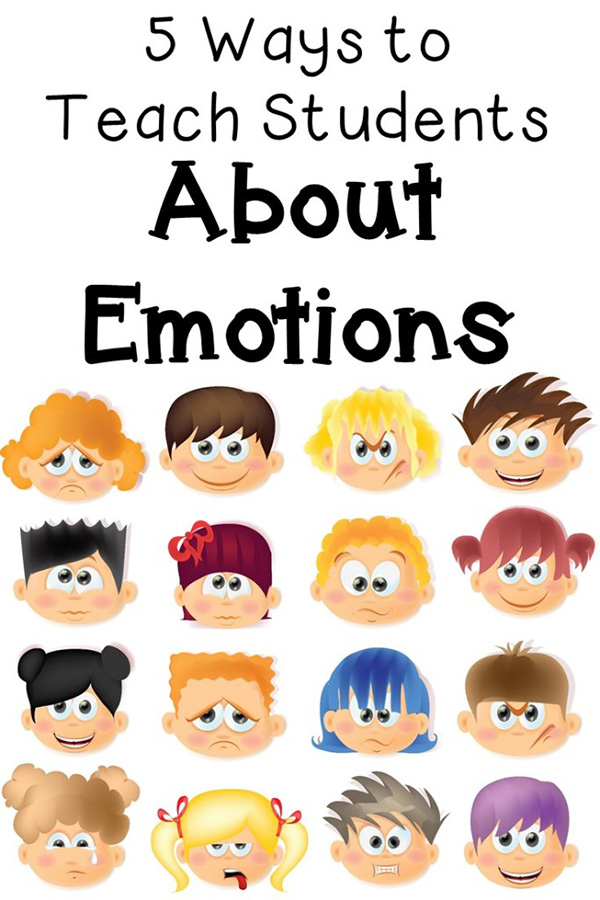 For example, how did you feel on the way to work?
For example, how did you feel on the way to work?
If your answer implies what you were thinking about (about the number of things to do, what to give a colleague for his birthday or what store to go to after work) - you should pay attention to the development of the emotional sphere.
Do you think more about your feelings than about the thoughts that caused them (“I was in a bad mood” instead of “I was annoyed because of the long traffic jam”)? Observe your emotional state more often, try to recognize the emotions you experience.
Was it easy for you to remember the emotional state that accompanied you on your journey? Congratulations, you don't have to worry about the level of openness of emotional intelligence.
Development of emotional intelligence and permissiveness
Parents often ask themselves the question: how to avoid permissiveness in the development of emotional intelligence? After all, the child, on the one hand, needs to be given time to understand and accept his emotional state in various situations, the opportunity to cope on his own.